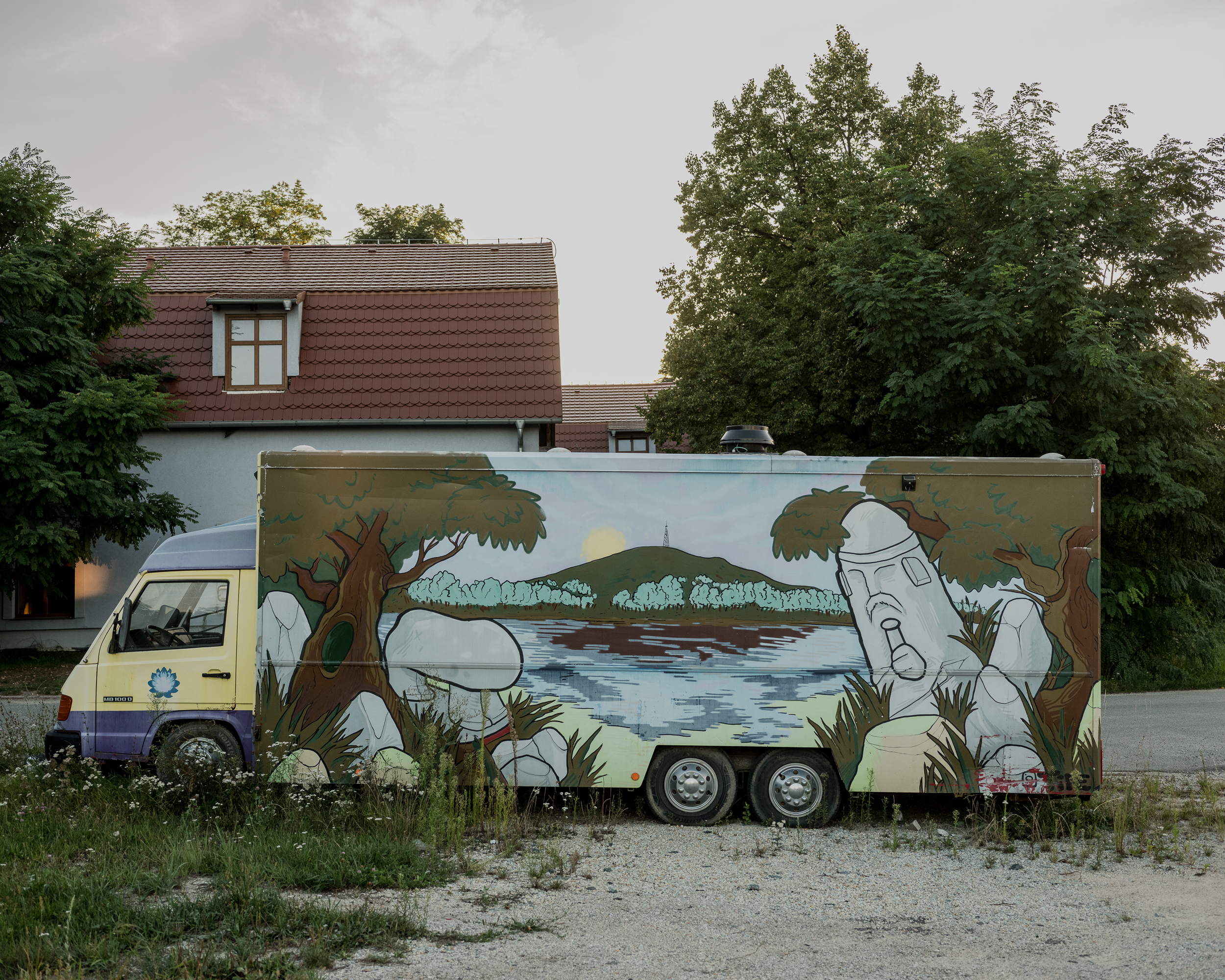Contemporary Lower Silesia is less a single narrative than a stage where multiple, often contradictory scenarios of history have played out. For decades, the region has been at once an economic resource, a symbolic trophy, a question mark, and a provisional home for waves of newcomers. The Millennium Flood of 1997, catalysed a sense of belonging by uniting inhabitants in defence of their city – a rare moment where all the narratives converged.
Lower Silesia is a region where identity has been continuously scripted and rescripted – where each generation stages a new scenario of how to inhabit the past, and how to imagine the future. Anew investigates this tangle of micro-histories. What is it now? What is the sum of histories in the plural?
Part of the field work within the project was carried out with the support of the scholarship from the Ministry of Culture and National Heritage Young Poland 2024, and the Scholarship of the Mayor of Wrocław.
2012/2020 – ongoing.
How many different takes on history could be fitted on top of each other?
Built at the beginning of the 20th century as barracks for German troops, when the city was within Germany. After the war, the building became Soviet army base for troops stationed in Poland. Then, the protagonists of “Lubiewo”, Michał Witkowski’s novel, traveled there to have sex with soldiers, which places the barracks in the ephemeral Polish Queer history. After the departure of the Soviet troops, the Faculty of Social Sciences of the University of Wrocław moved to the building. As part of the renovation, artificial antique columns were placed in the corridors.
Built at the beginning of the 20th century as barracks for German troops, when the city was within Germany. After the war, the building became Soviet army base for troops stationed in Poland. Then, the protagonists of “Lubiewo”, Michał Witkowski’s novel, traveled there to have sex with soldiers, which places the barracks in the ephemeral Polish Queer history. After the departure of the Soviet troops, the Faculty of Social Sciences of the University of Wrocław moved to the building. As part of the renovation, artificial antique columns were placed in the corridors.
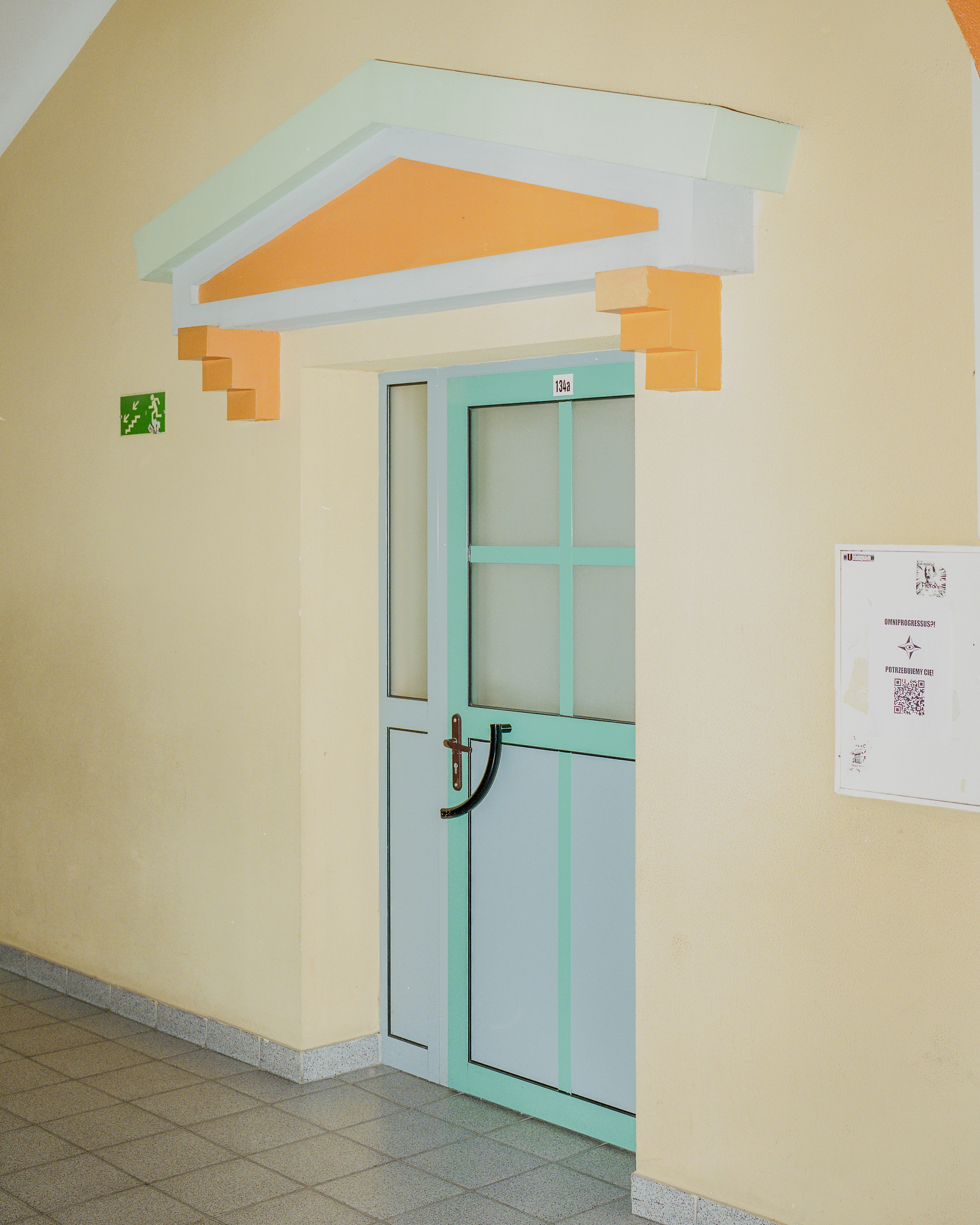
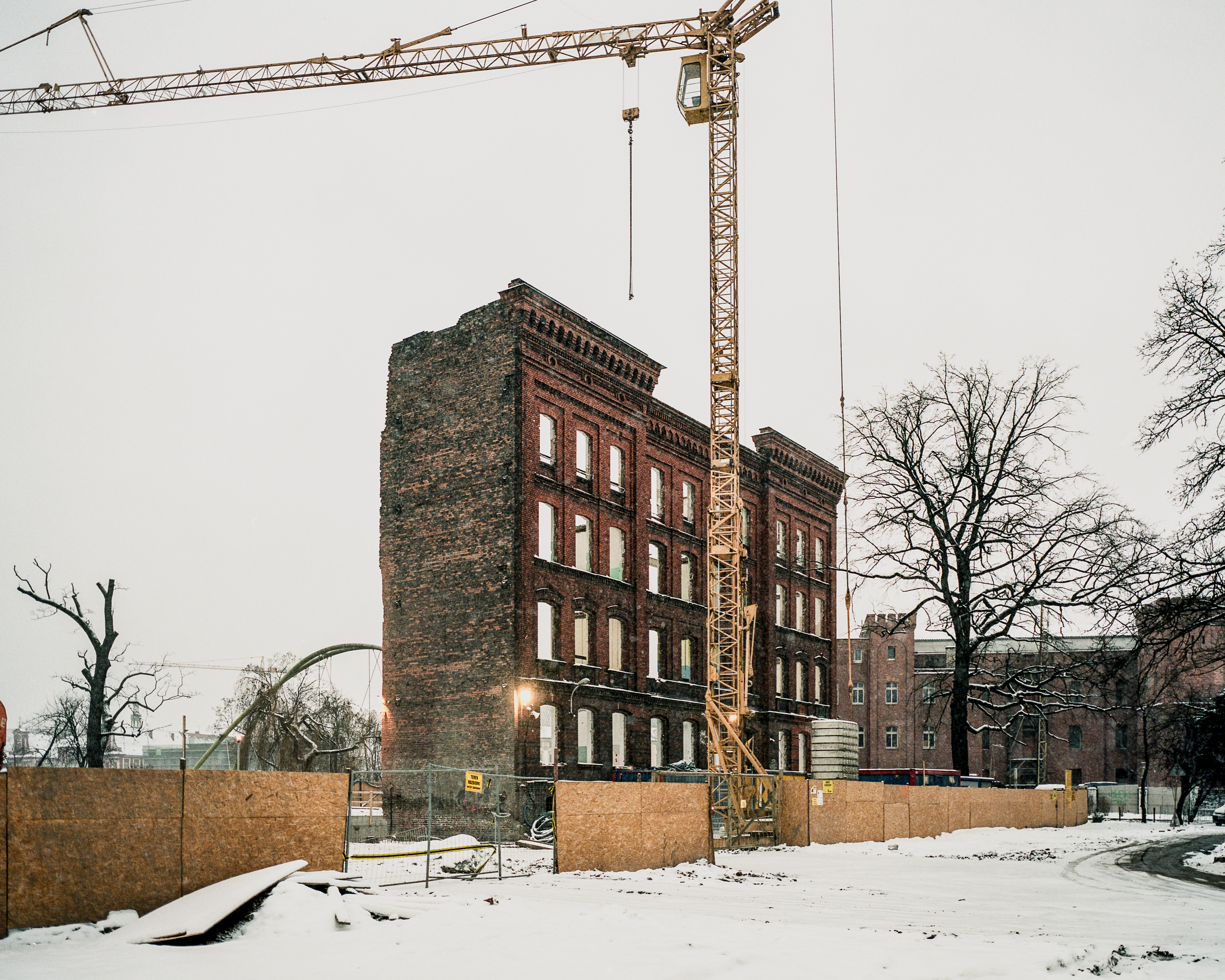
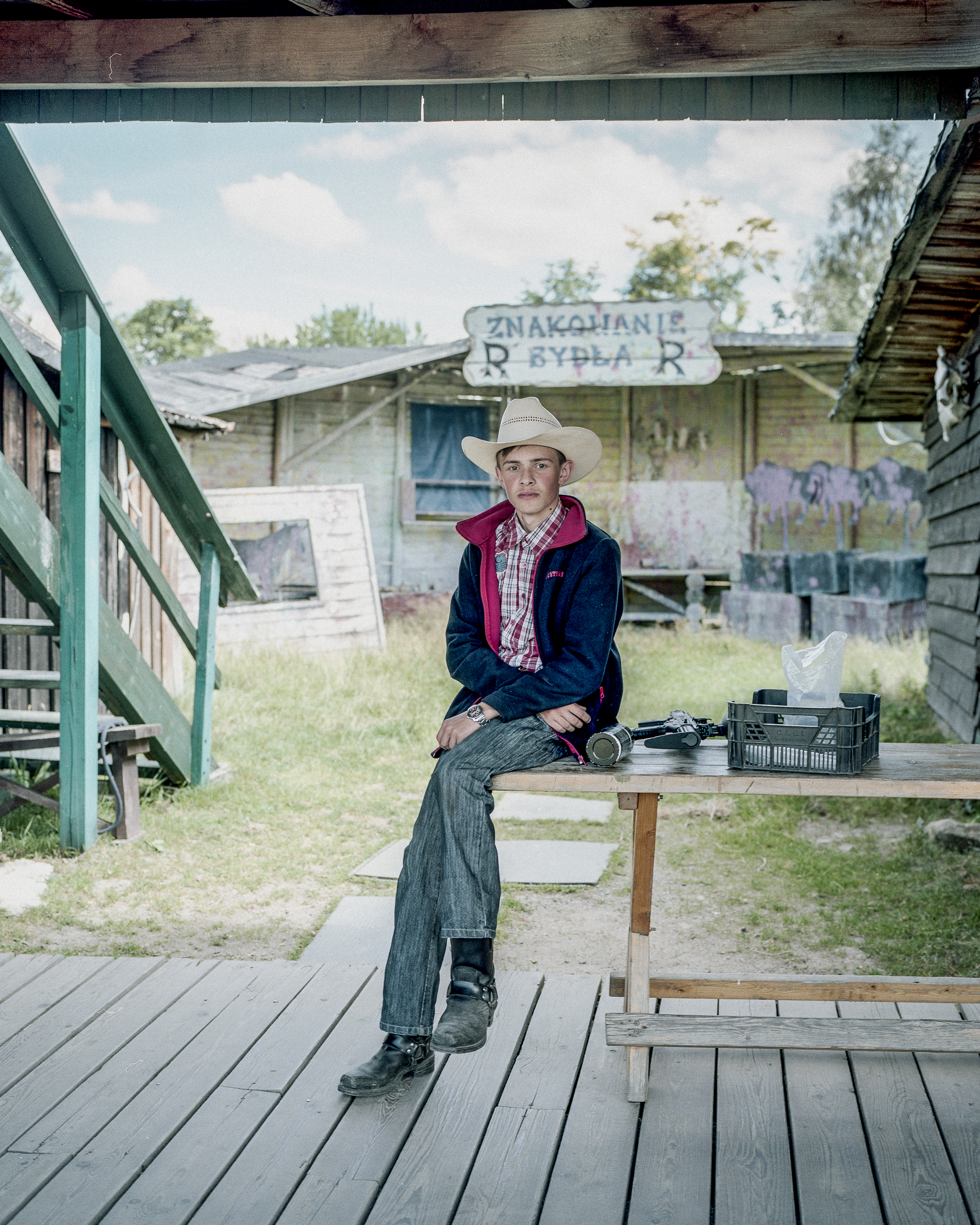
Western City is a private Wild West themed funfair located at the foot of Śnieżka, the highest peak of the Sudetes, on an area of about 65 hectares. On July 4, 1998, on the anniversary of the American Declaration of Independence, it was opened by the city’s owner and Sheriff, Jerzy Pokój, with a shot in the air.
Wrocław, often called the City of a Hundred Bridges, is home to between 101 and 118 bridges – some of them iconic landmarks.. The Odra River and its canals once served key logistical roles. The model, built in Institute of Environmental Engineering, Wrocław University of Environmental and Life Sciences in 2006 in the 1: 200 scale for experimental purposes, reproduces the center of Wrocław with its characteristic buildings and hydrotechnical elements.

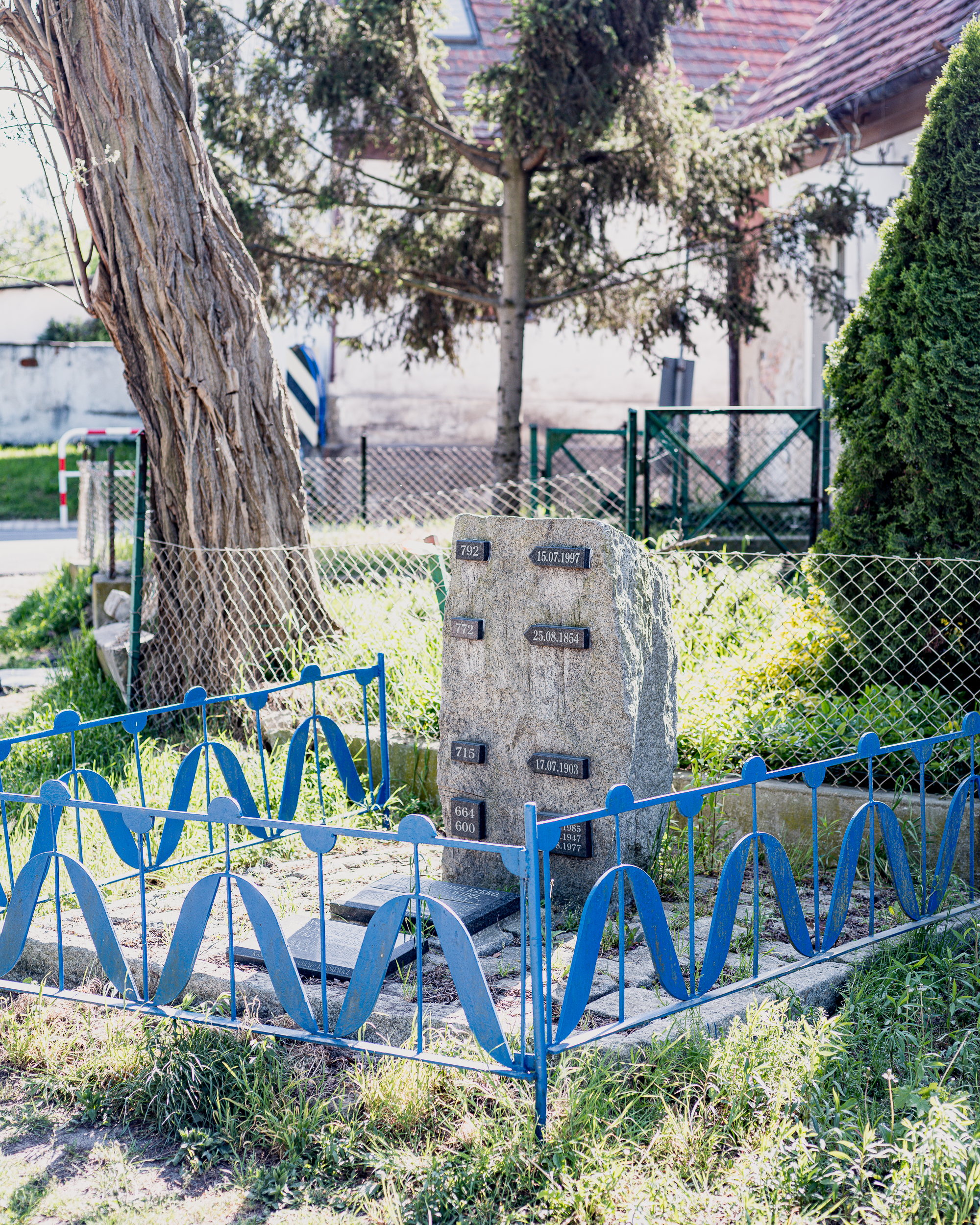
Markings on the stone indicate the water level during pre- and post-war floods that passed through Malczyce, a small town with a shipyard on the Odra River.
The region has faced several floods, but the most devastating was the 1997 Millennium Flood. It submerged 40% of Wrocław, damaged 2,583 residential buildings, and took 56 lives. Across Poland, it left at least 7,000 people with nothing and damaged or destroyed 680,000 homes, with losses estimated at 63 billion PLN.
The 1997 flood also marked a turning point for Lower Silesia, seen as the moment when locals fully embraced the region as their own, over 50 years after it became part of Poland. The collective response – mobilizing 300,000 to 480,000 sandbags, mostly by volunteers – symbolized a deepening bond with the land.
The region has faced several floods, but the most devastating was the 1997 Millennium Flood. It submerged 40% of Wrocław, damaged 2,583 residential buildings, and took 56 lives. Across Poland, it left at least 7,000 people with nothing and damaged or destroyed 680,000 homes, with losses estimated at 63 billion PLN.
The 1997 flood also marked a turning point for Lower Silesia, seen as the moment when locals fully embraced the region as their own, over 50 years after it became part of Poland. The collective response – mobilizing 300,000 to 480,000 sandbags, mostly by volunteers – symbolized a deepening bond with the land.
In September of 2024, it dropped almost half a year’s worth of rain during three days. As a result, cities were flooded due to the rapidly rising river levels. The flood was further intensified by the collapse of the dam in Stronie Śląskie – the city located below, as well as the next one downstream, Lądek Zdrój, suffered catastrophic destruction of houses and infrastructure. In some places, the water level was 150 cm higher than in 1997.

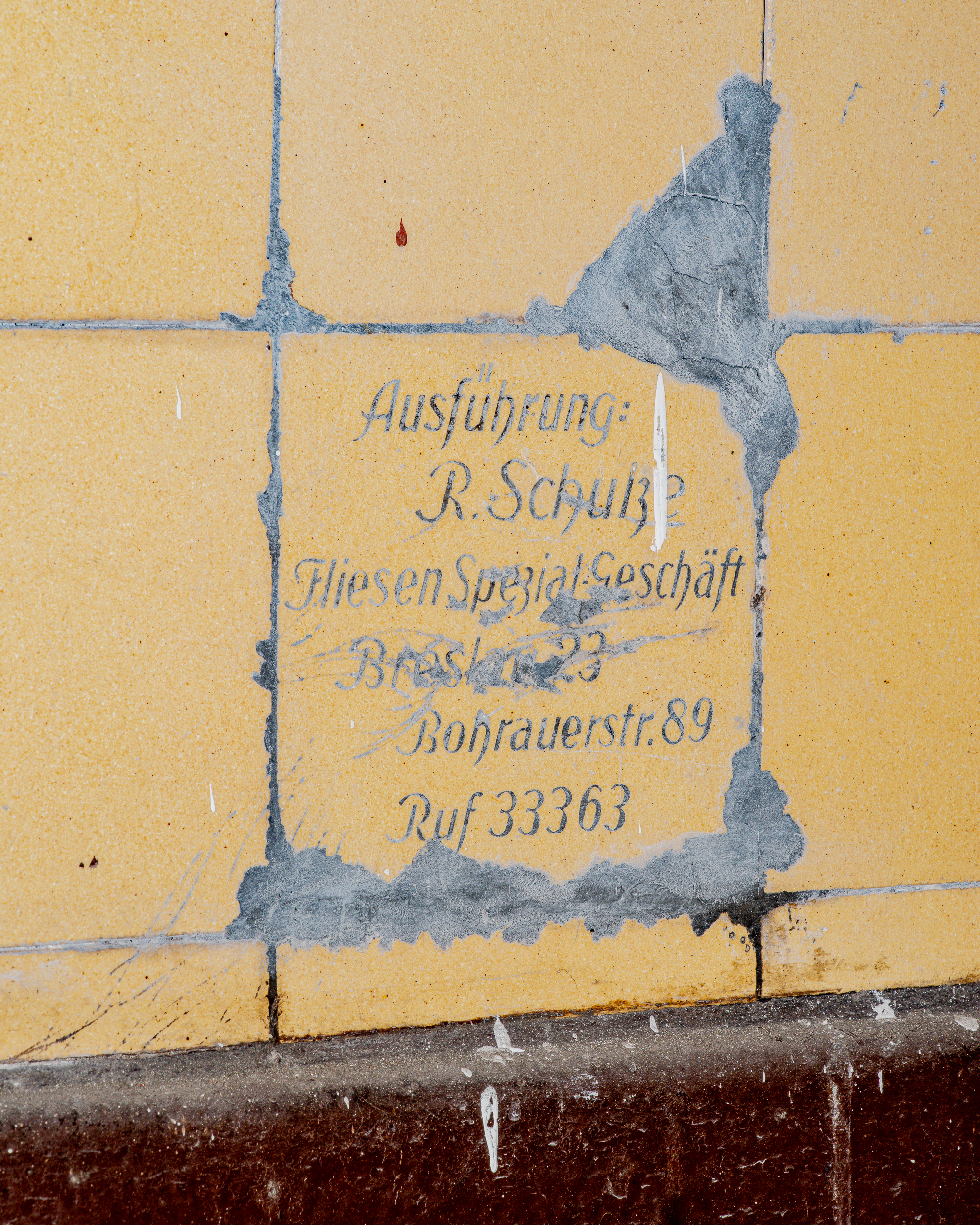
A tile bearing the name of the owner of the construction company responsible for the building's completion, dating from pre-war times, is easily visible. Easily visible are traces of repeated attempts to remove it from all sides, as well as the scratching of the German name of the city. In the post-war years, systematic attempts were made to eliminate traces of German culture. Eighty years later, the tile remains in its original location.
“So the Lord said – go and build your house on the mountain, for the end times will soon come”
Edward has lived as a hermit by choice on Wilcza Góra since the early 1990s. The hill was formed from postwar rubble, including debris, human remains, and unexploded ordnance. Over the years, Edward has reclaimed much of it by hand, turning it into a garden. I’ve been visiting him for over a decade – he invariably predicts the end of the world.
Edward has lived as a hermit by choice on Wilcza Góra since the early 1990s. The hill was formed from postwar rubble, including debris, human remains, and unexploded ordnance. Over the years, Edward has reclaimed much of it by hand, turning it into a garden. I’ve been visiting him for over a decade – he invariably predicts the end of the world.
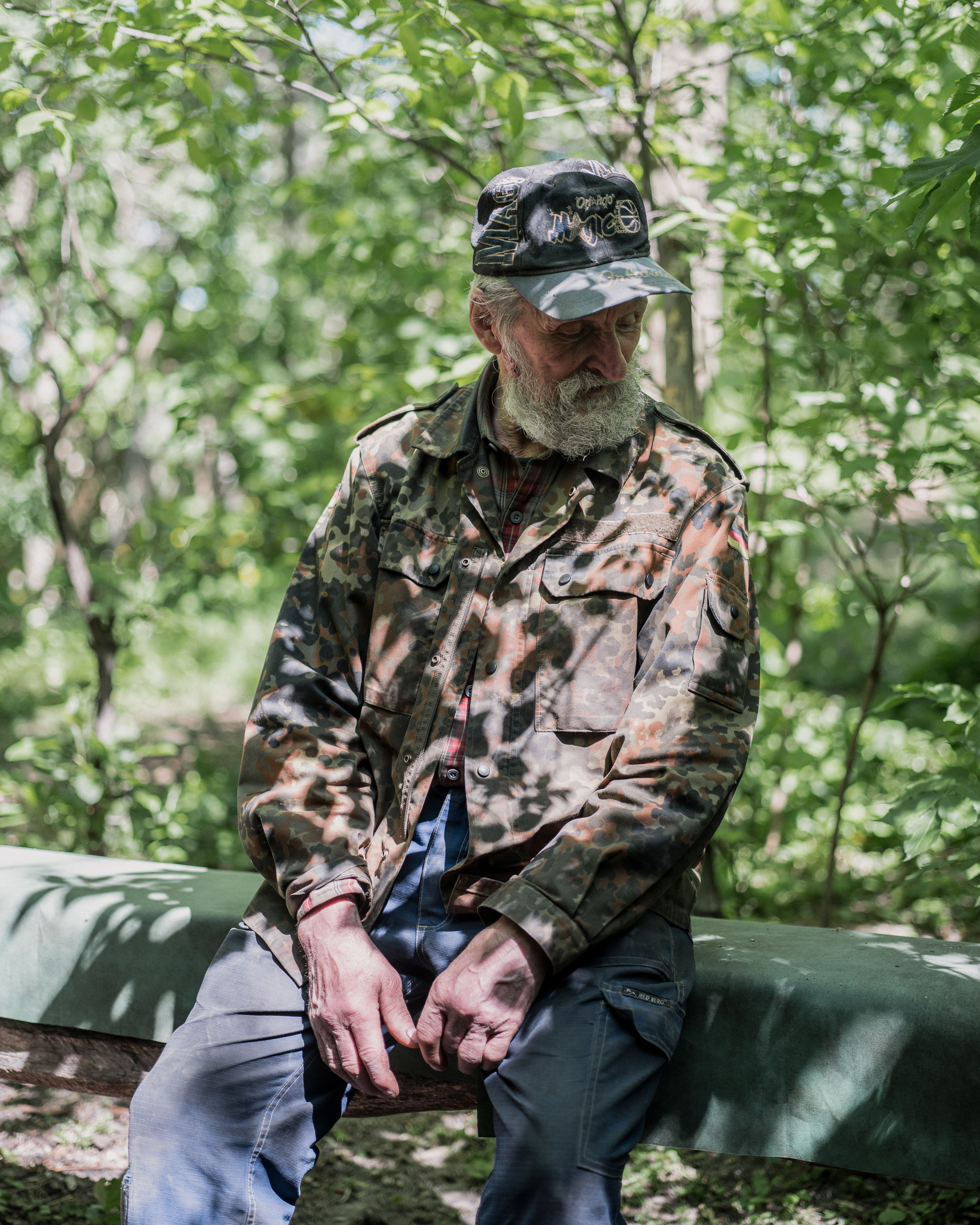
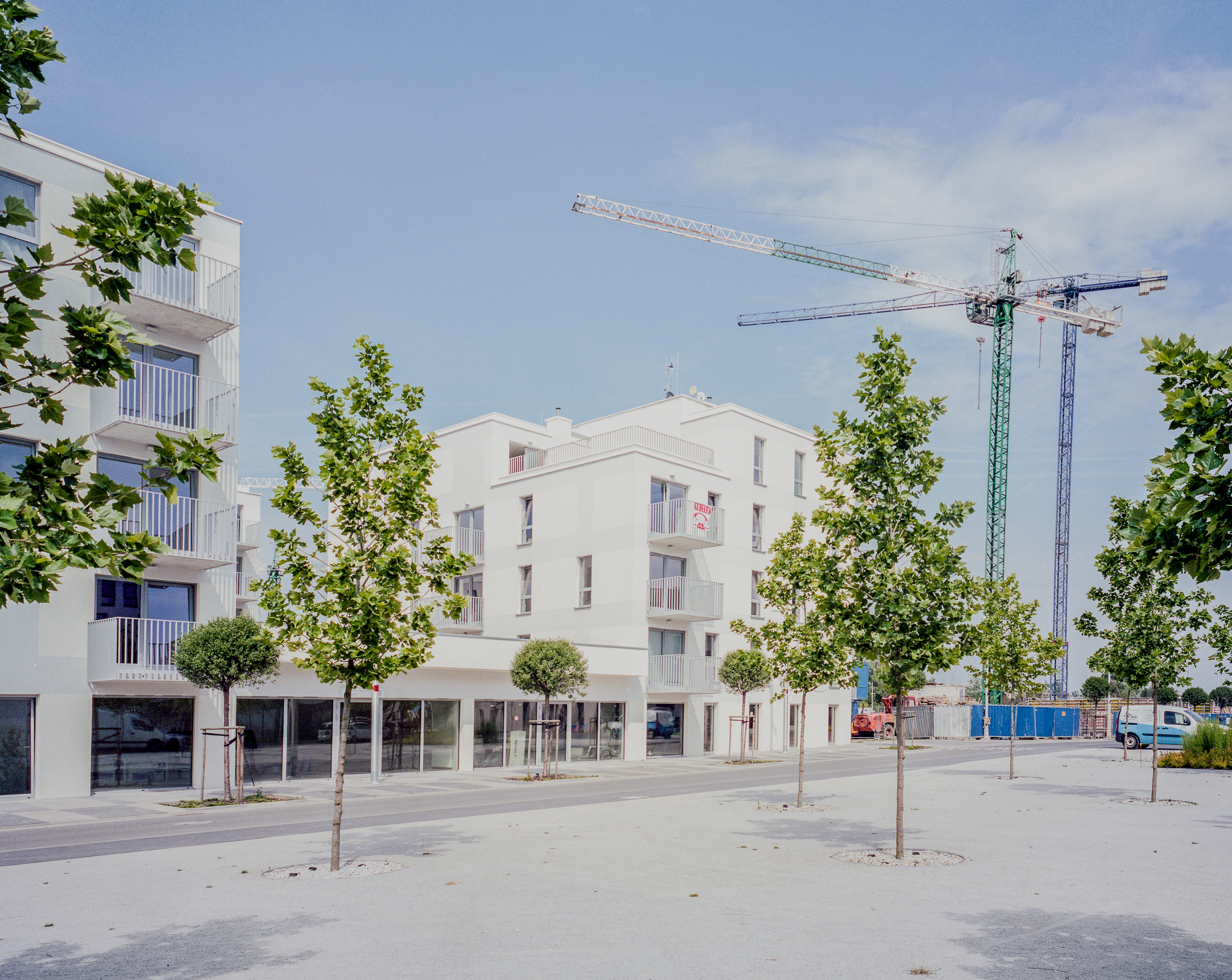
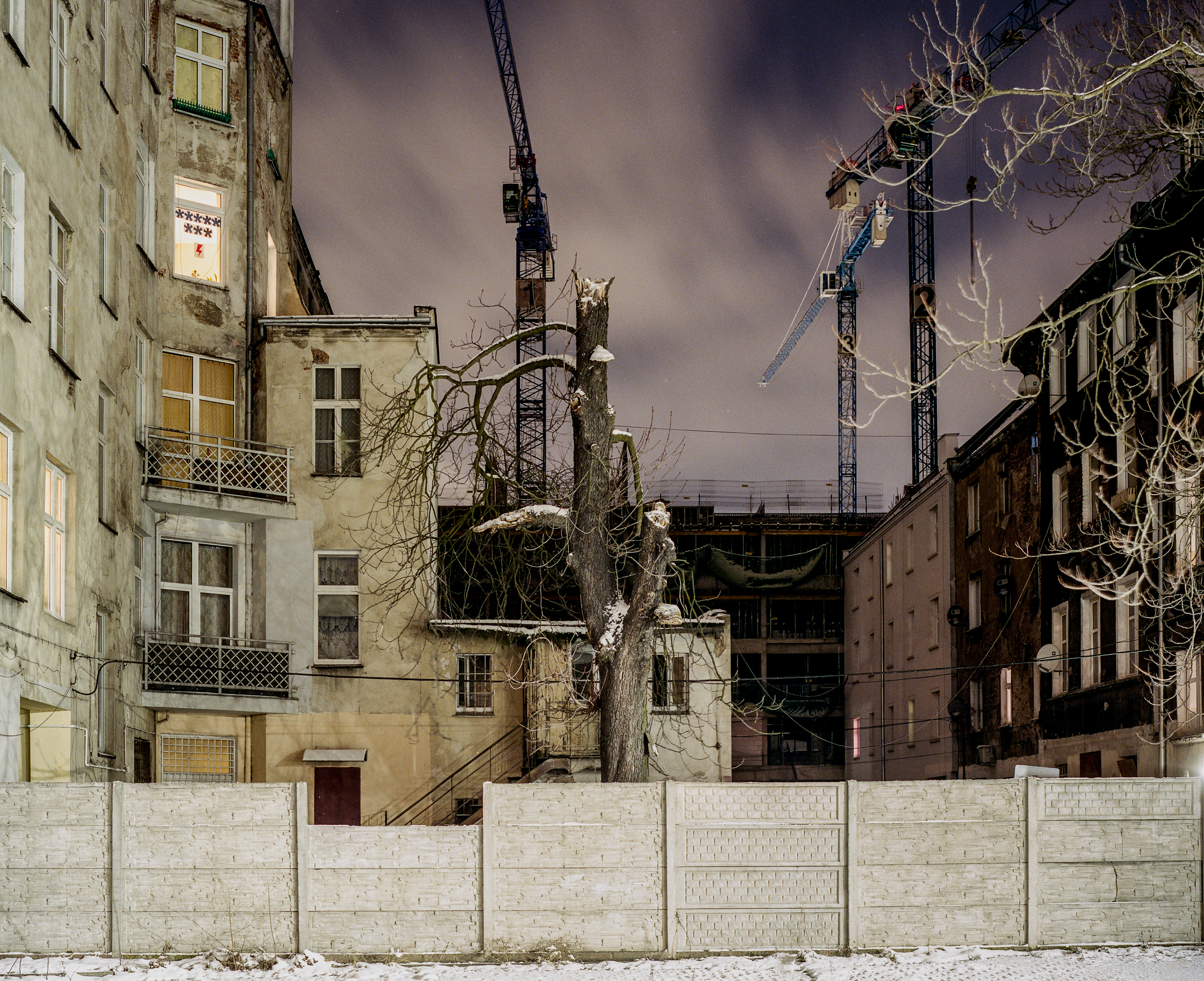
Bermuda Triangle was fictionalised in TV series Świat według Kiepskich (The Lousy World), which aired from 1999 to 2022. Created by Janusz Sadza and based on his experiences in the area, the series reflects life in the Triangle setting – run-down tenement houses, coal stoves, shared corridor toilets, and heavy drinking.
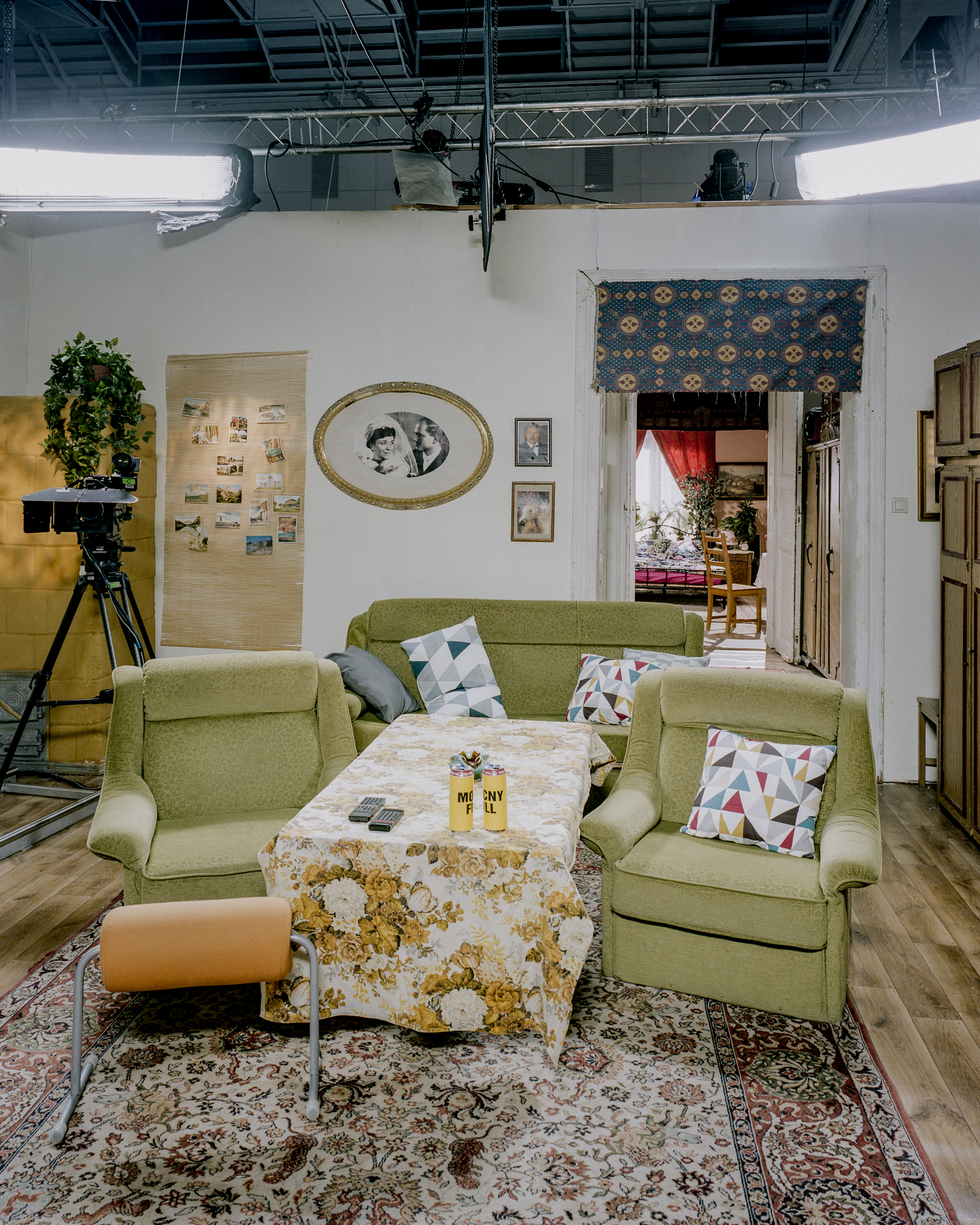
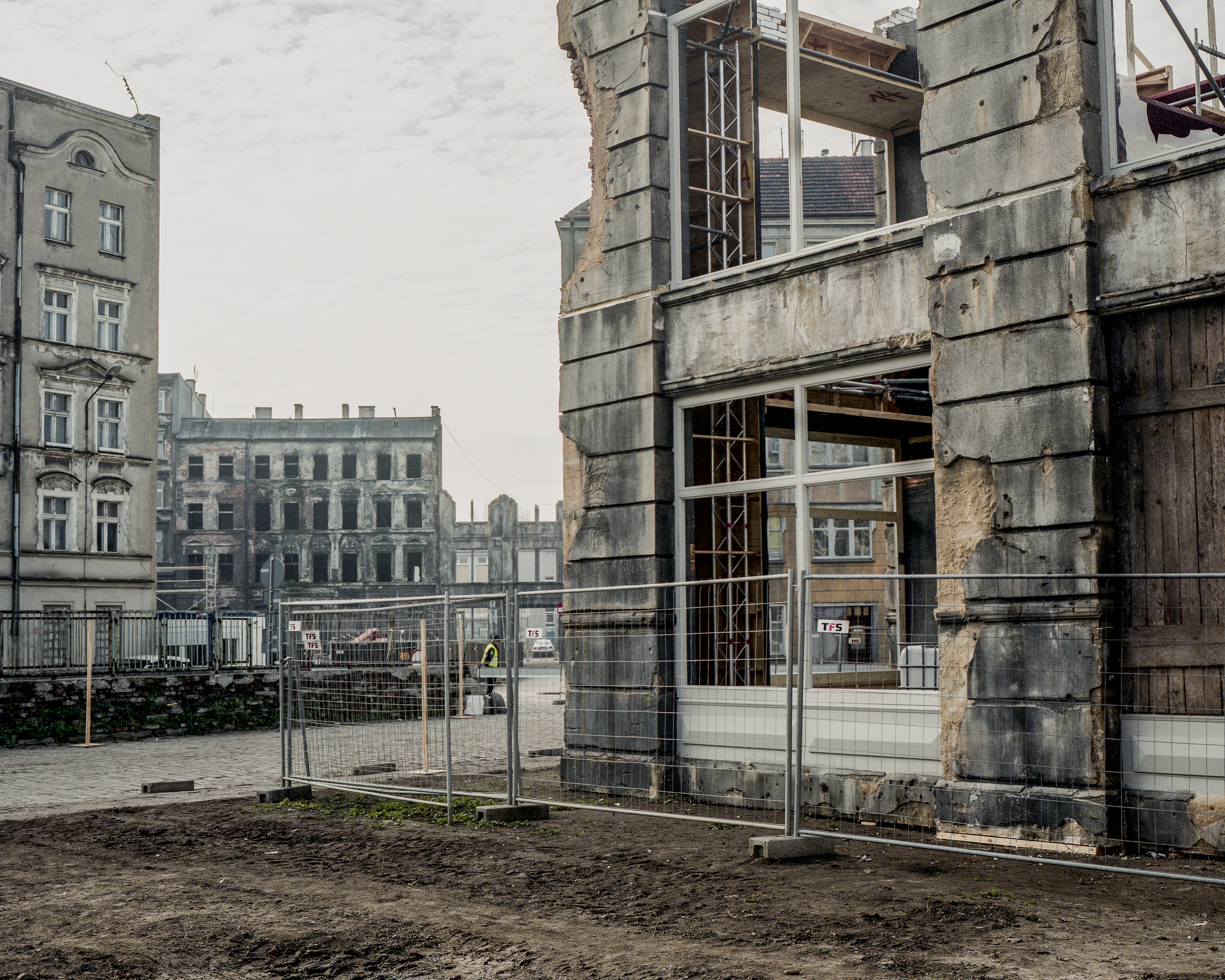

Wałbrzych still celebrates Barbórka – name day of St. Barbara, patron saint of miners. Celebrated with a parade, it is mostly attended by former Green and White Feathers – which means higher, safer office jobs in mining uniforms. There are associations of former miners, trying to maintain what once was a central point of local identity.
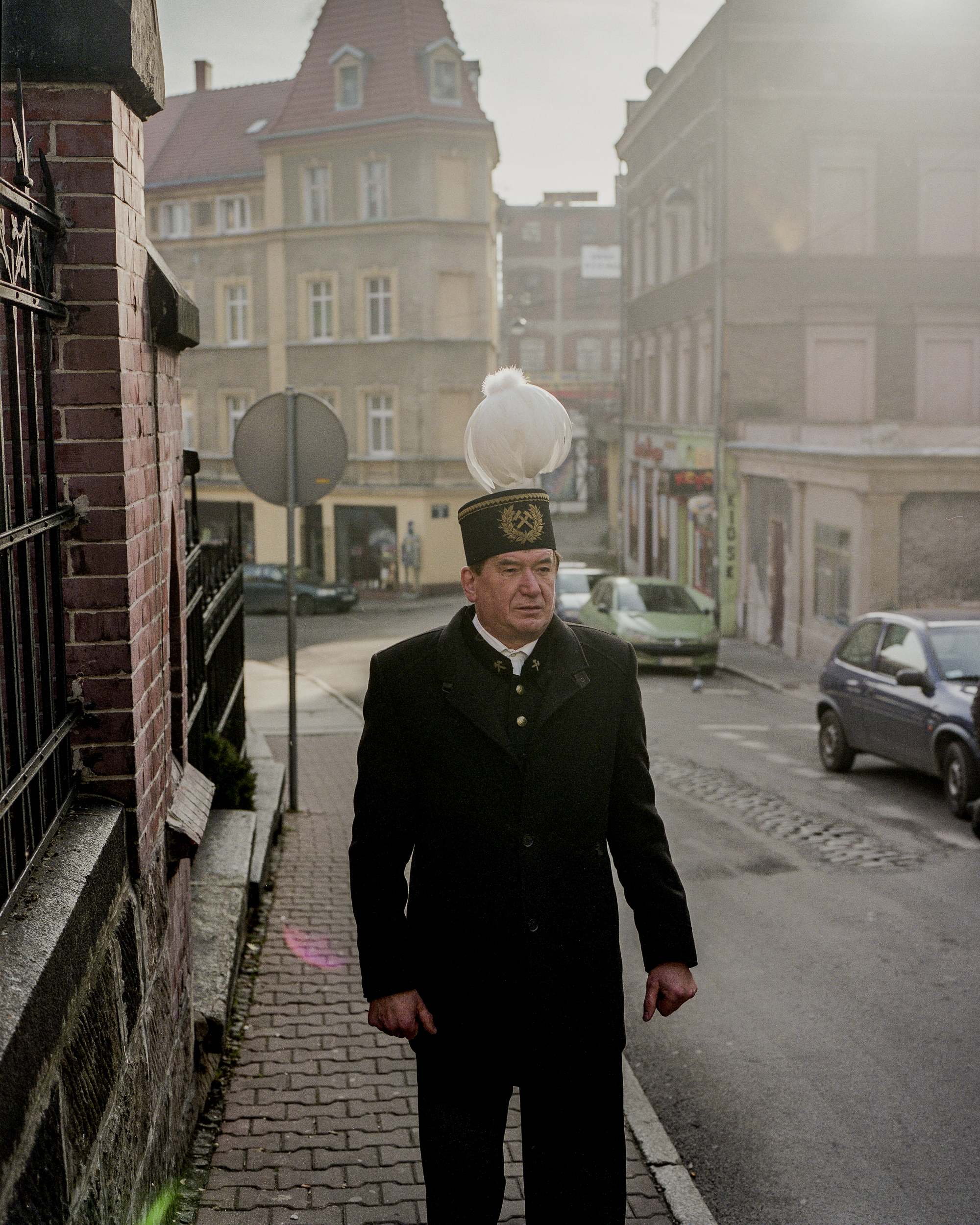

Biedaszyby (lit. Poverty shafts) are an illegal coal shafts, which appeared across Wałbrzych after the mines closed, often dug near surface outcrops or as deep, narrow holes. Many were built by former miners using their skills, but the work remained extremely dangerous. At least nine people have died in such shafts over the past 30 years.

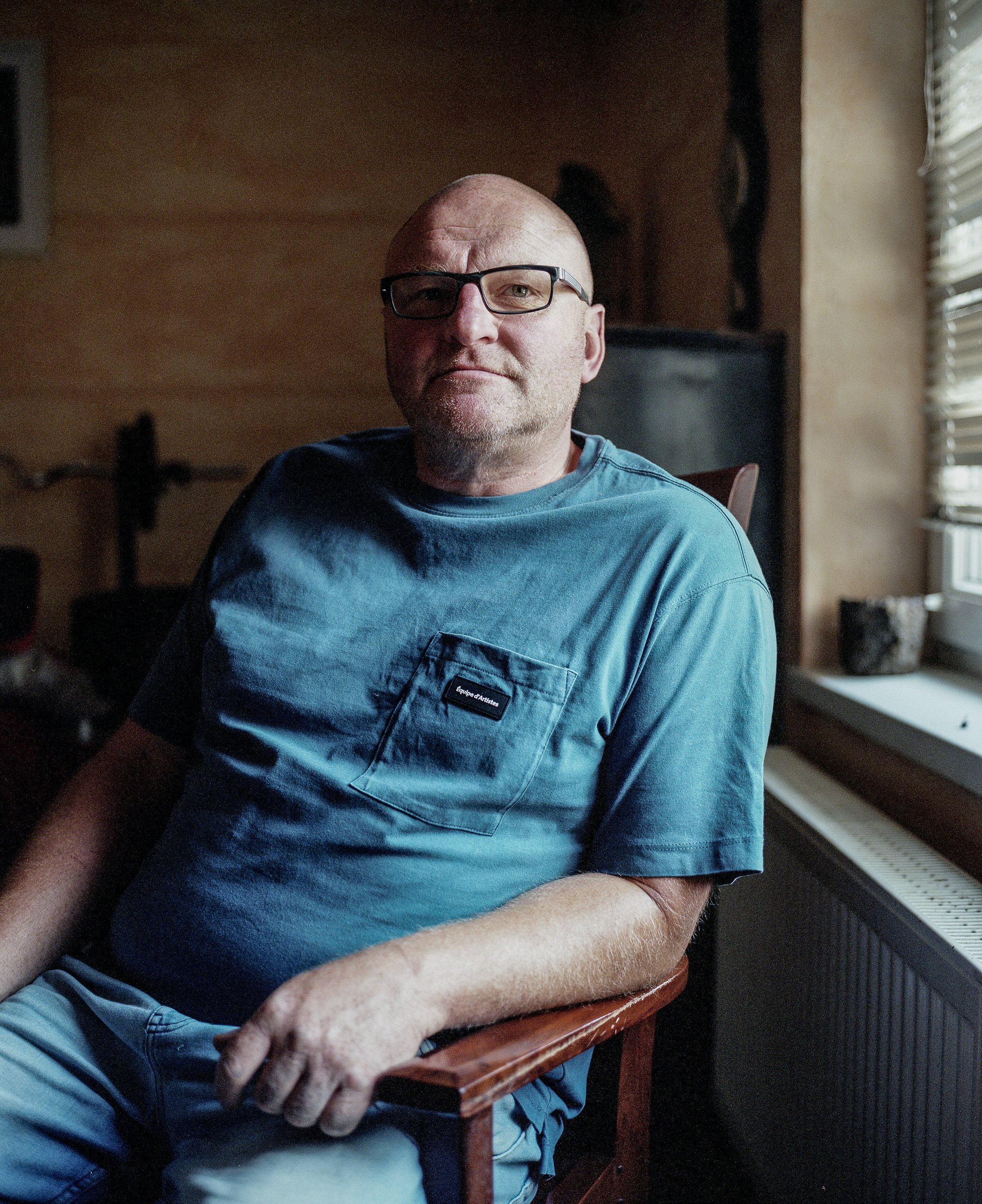
I am convinced that the closer you are, the more obstacles they throw at your feet. On the basis of a poor photomontage, the Loch Ness municipality was able to subsidize the search for the monster in the depths of the lake; we have the facts, and we must strive for any support from the city.
Piotr Koper.
In August 2015, Piotr Koper and Andreas Richter, two treasure hunters, reported to the city council that they had likely identified the place where the Golden Train was hidden. According to various sources, a nazi freight train filled with stolen valuables was supposed to leave the besieged Wrocław in the last days of World War II and dissolve without a trace.
Piotr Koper.
In August 2015, Piotr Koper and Andreas Richter, two treasure hunters, reported to the city council that they had likely identified the place where the Golden Train was hidden. According to various sources, a nazi freight train filled with stolen valuables was supposed to leave the besieged Wrocław in the last days of World War II and dissolve without a trace.
Remains of former Książ Ceramics Factory, located right next to the alleged spot where the train was hidden in a blown up tunnel, at the 65th kilometer railway line mark. The train has not been found.

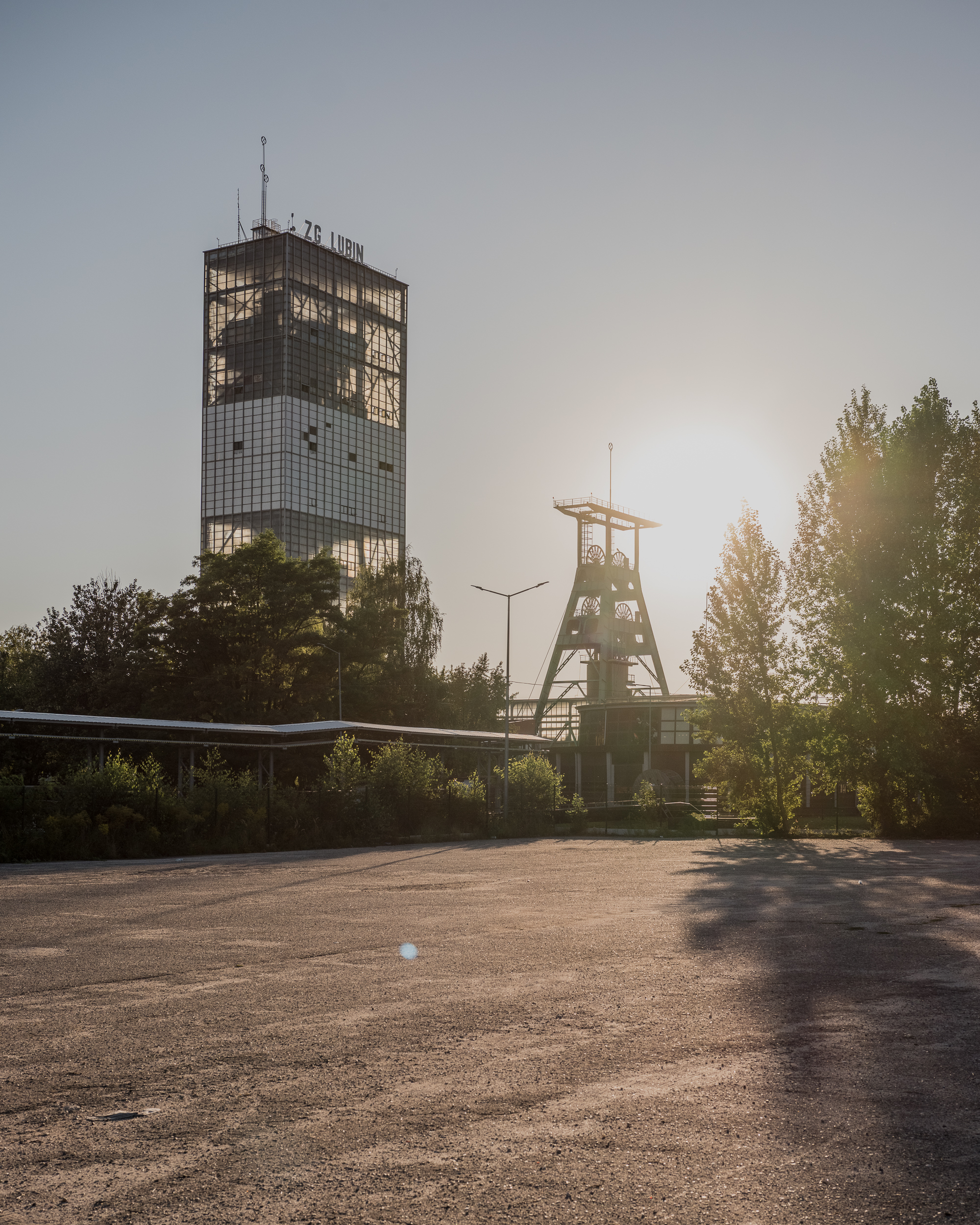
After years of believing that the soil composition in the region should indicate the existence of significant mineral deposits and drillings that failed to confirm this, in 1957, geologist Jan Wyżykowski discovered the Lubin-Sieroszowice copper ore deposit, the largest in Europe and one of the largest in the world. In effect, one of the richest sub-regions of Poland was built on copper mines, 100 kilometres from Wałbrzych.
“And this came about because in Sieroszowice, Jan Wyżykowski discovered copper deposits in 1957. This is where the Copper Basin began. I think it is a piece of history. I myself do not have family ties to copper, but I have always lived here and I think that because this history began here, because this copper has grown here, because so many mines are being established, an association was established, the Society of Friends of Jan Wyżykowski in Sieroszowice. Nobody here has a full-time job, everything is done after hours, as volunteers. We maintain everything and cultivate this knowledge, this history, this person of Jan Wyżykowski.”
Wanda Wdowiak, president of the Society of Friends of Jan Wyżykowski in Sieroszowice.
Wanda Wdowiak, president of the Society of Friends of Jan Wyżykowski in Sieroszowice.
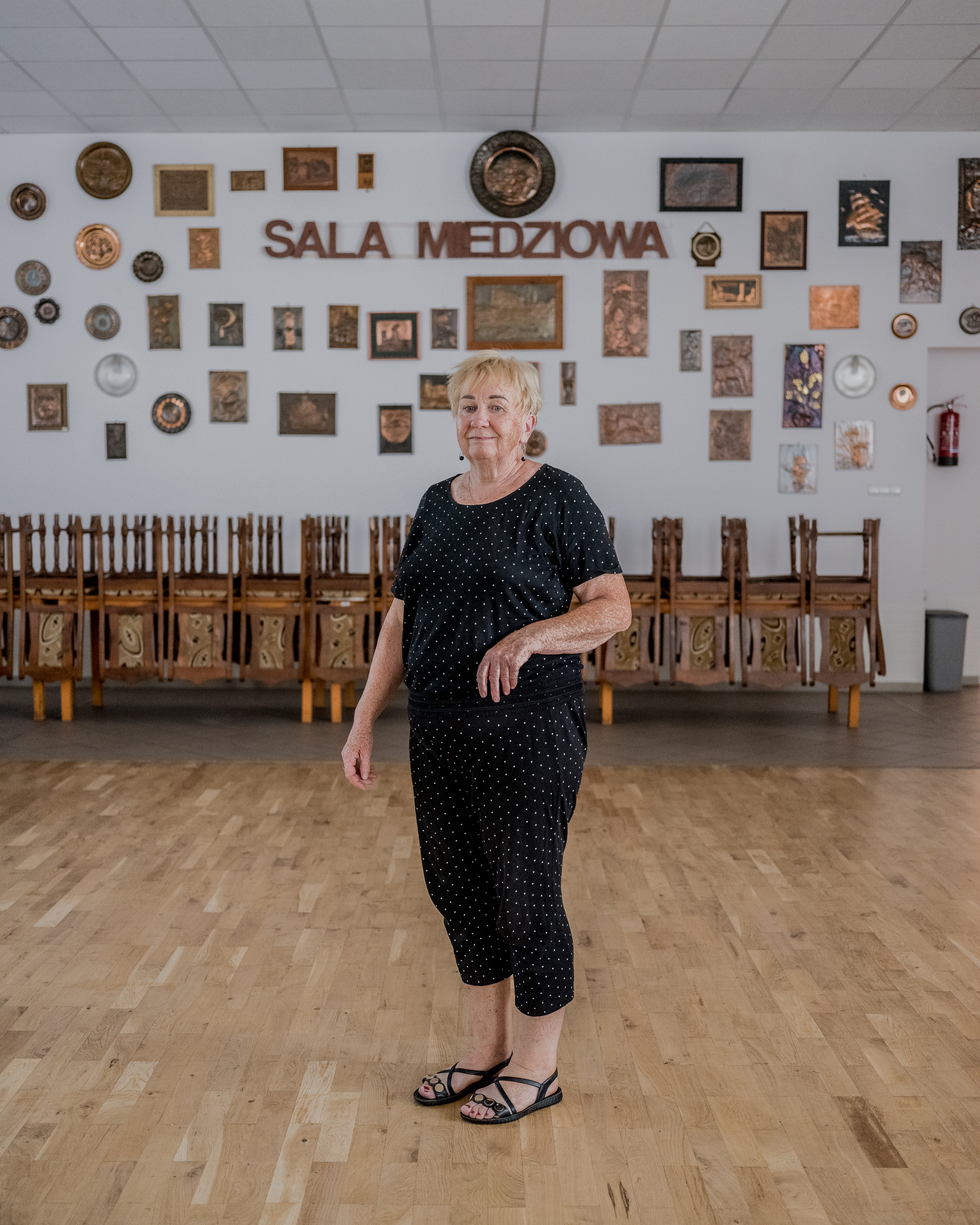
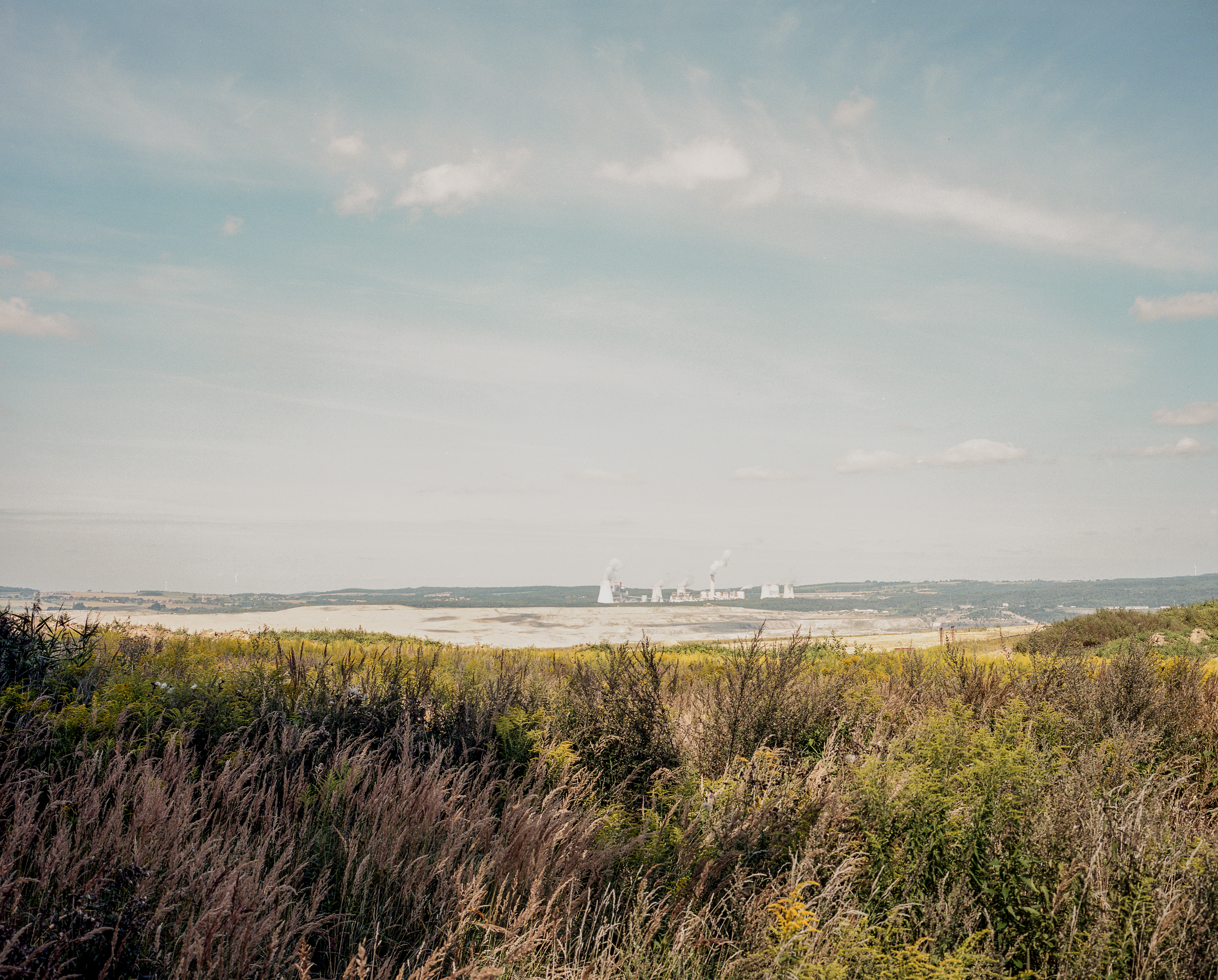
Another resource of Bogatynia is methamphetamine, produced in the Czech Republic from pseudoephedrine-containing cough medicines available in Poland without a prescription, such as this tablet. Medicines are taken out of the blisters and transported across the border. Piko, as it is called in the local slang, has a huge impact on the local social life.

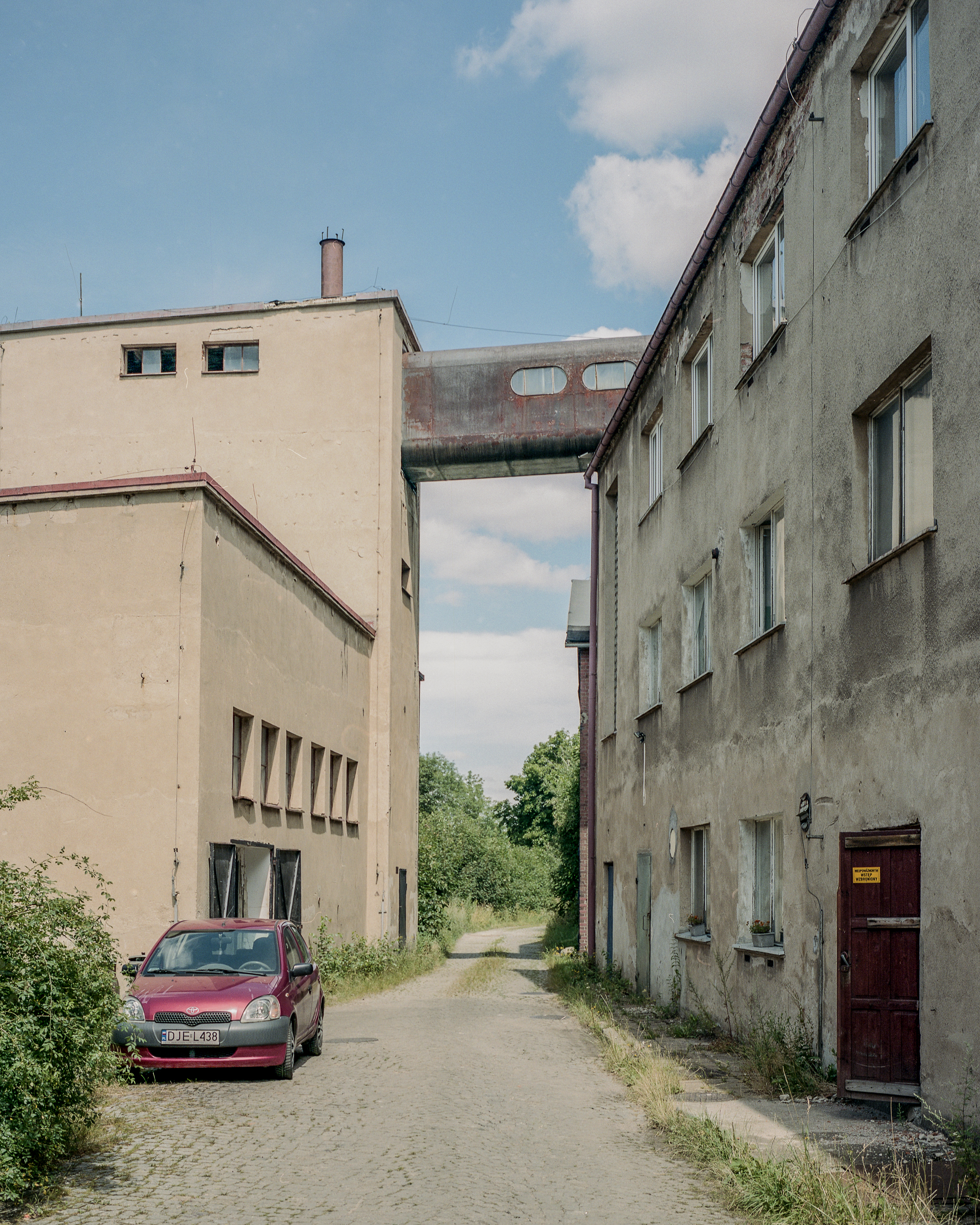
The R1 factory was part of a secret Soviet uranium mining project carried out after World War II. The operation, hidden from the public, led to severe mining damage and the eventual decision to completely erase the town of Miedzianka, where most of the shafts were located. By the 1970s, nearly all of Miedzianka had been demolished, and its residents were relocated.
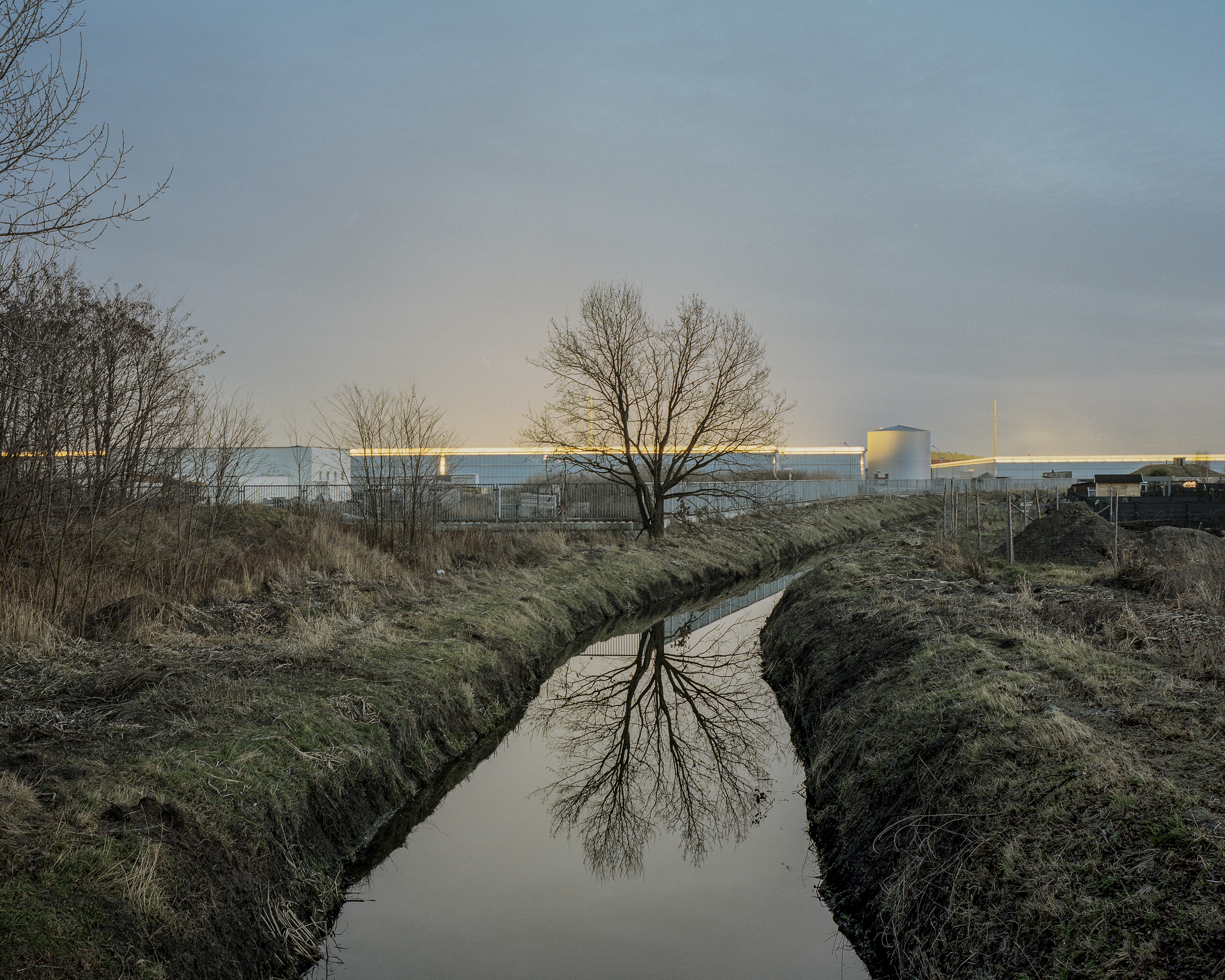

From the 1970s until 2019, a welcome sign for Fabryczna (the Factory District) stood at Wrocław’s western entrance. This area was once home to the city’s largest industrial plants, many of which were restructured or shut down after 1989. The sign was eventually removed due to neglect, which posed a structural hazard – its rusting began to threaten with collapse of the structure.
Elwro was the pride of Wrocław and the People’s Republic of Poland, an electronics factory that produced computers and IT systems. After the political transformation in 1989, Elwro was bought by Siemens. The factory ceased operations in 1993, and shortly thereafter most of the production halls were razed to the ground.
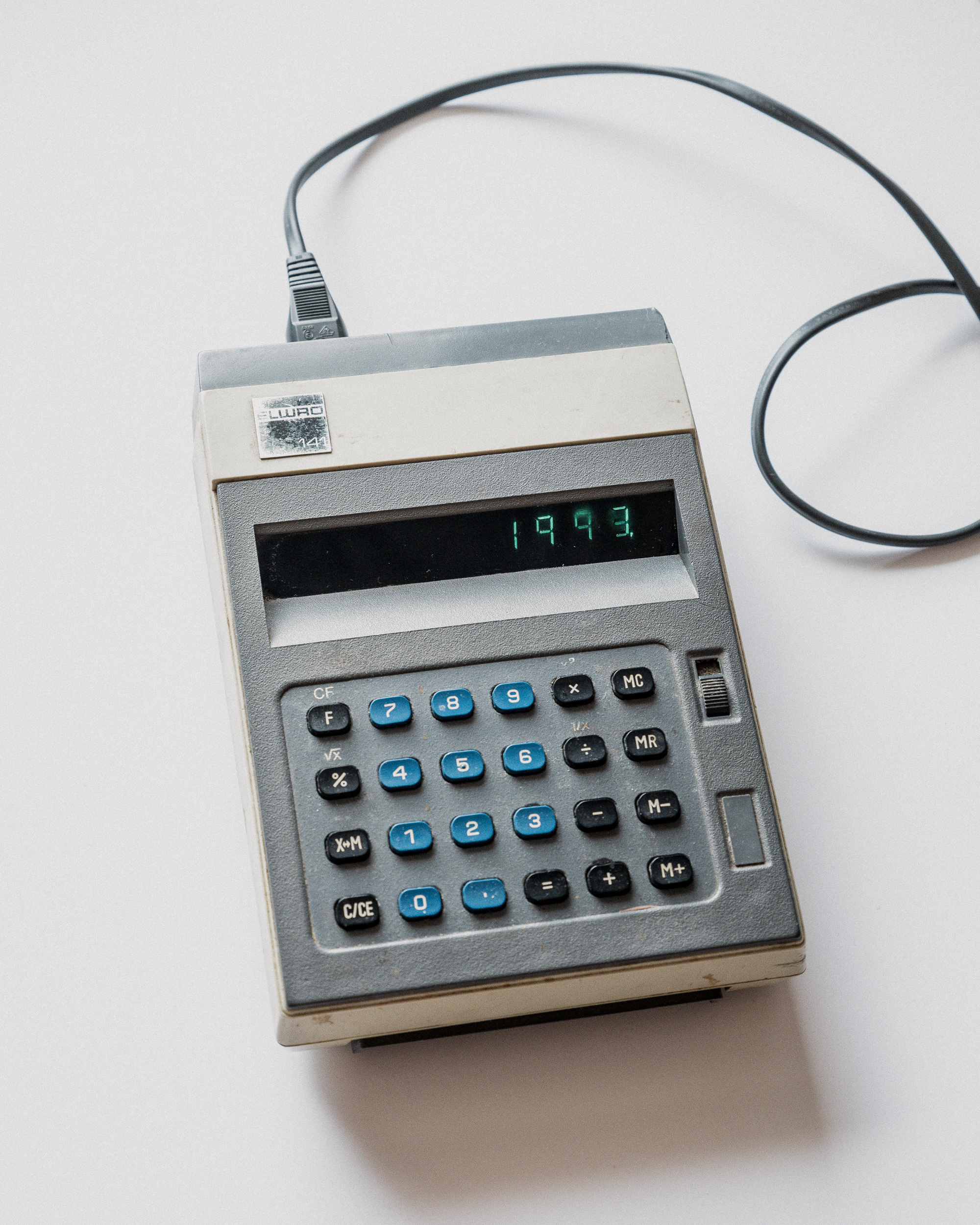
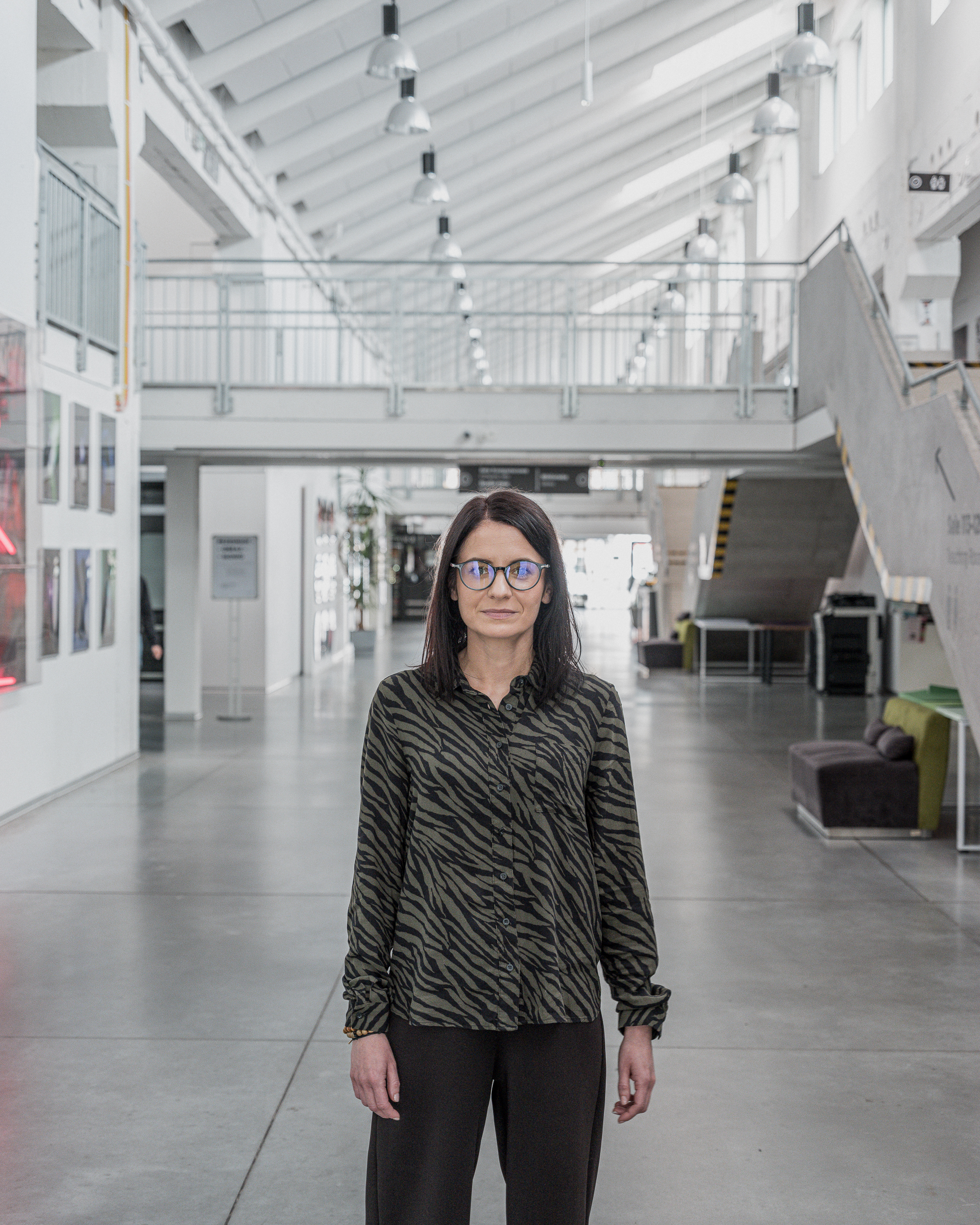
“I am absolutely a child of the Wrocław’s industry. All of my grandparents, who came to Wrocław from different places after the war, worked in the factories. One grandmother in Elwro, the other grandmother in Fadroma. My workplace, SWPS University in Wrocław, was my grandmother’s workplace. We’re in the building that used to house Elwro, Wroclaw Electronics Factory. Both of my grandfathers worked in Pafawag, as did my parents, who met there. Once, a newsreel crew came up with the idea to show how wonderfully and dynamically the large industrial plants in Wrocław operate, how love and other relationships are formed there, how families are created from this. And that’s how the newsreel ended up in my family home one day. Apparently my parents went to the cinema especially to watch it. I became the heroine of one report about such a multi-generational family in Pafawag.”
Katarzyna Kulwicka
Katarzyna Kulwicka
After WWII, Wrocław became a major industrial hub, with the Pafawag locomotive factory as one of its key sites. Located in the Fabryczna district, Pafawag functioned like a small town, with its own newspaper, gardens, and community spaces. It produced the EN57, the world’s longest-produced electric train, now iconic in Polish rail history. Pictured is the oldest operational unit in its original livery.
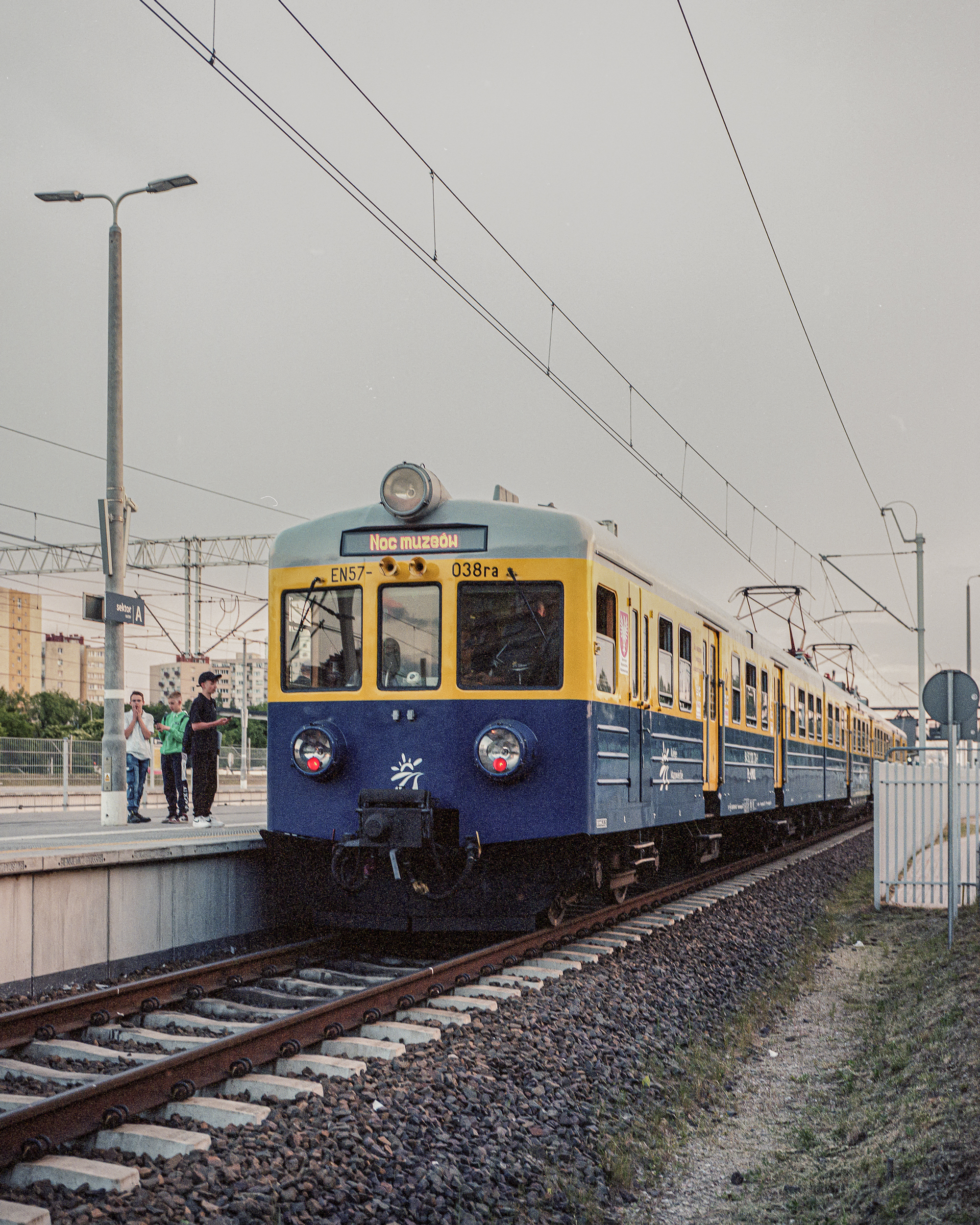

Despite Pafawag being bought by international capital, the memory of it still exists. Zygmunt Czerniak was an engineer in Pafawag, a member of the workers’ community. His grandson, as a gesture of commemoration of his late grandpa, got a tattoo with a banner of a long-defunct Pafawag sports club.
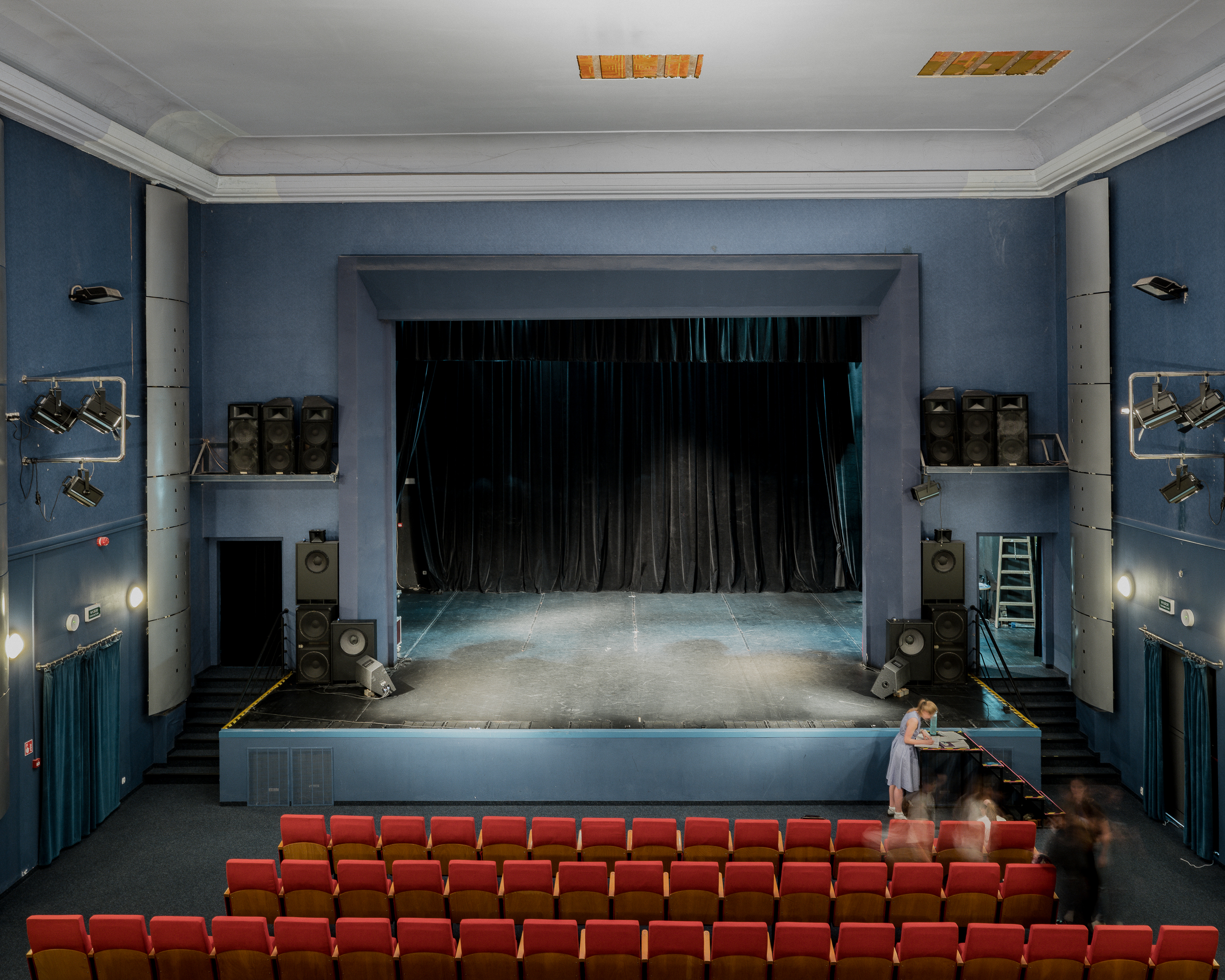
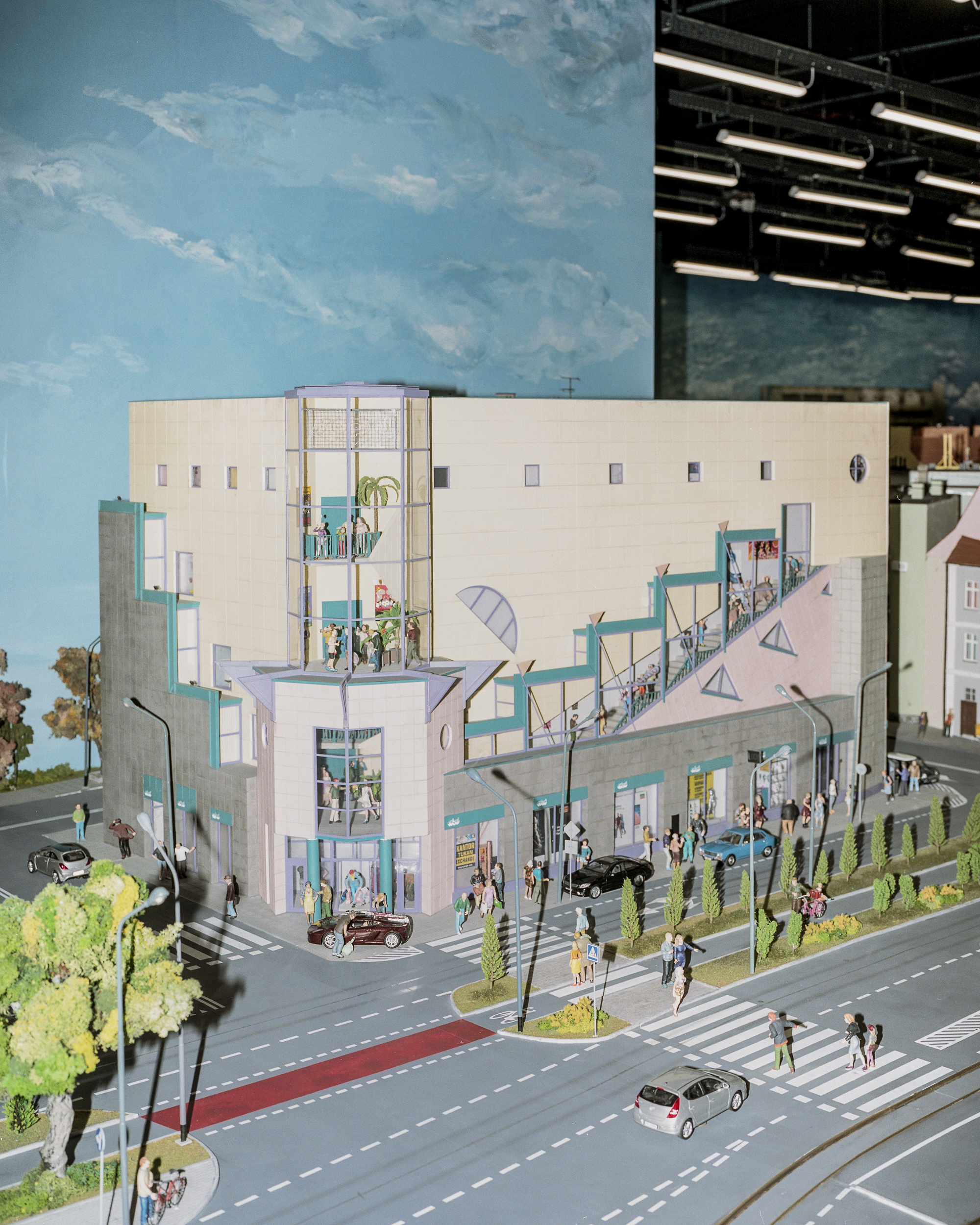
Opened in 1993, Solpol was a postmodern department store built on Wrocław’s main shopping street, Świdnicka. A building designed in five days by Wojciech Jarząbek – that's the deadline given by the investor, Zygmunt Solorz, one of the richest Poles. Its playful, colorful façade and bold geometry made it one of the city’s most recognizable and discussed buildings, capturing the spirit of a rapidly changing time, a striking symbol of Poland’s early capitalist era.
Despite years of public campaigns and efforts to protect it as a modern landmark, Solpol was demolished in 2022 to make way for new development. Thirty years later, the same capitalism whose early form it expressed ended its existence. For many, it became a symbol of vanishing modernity and a catalyst for grassroots urban activism in Wrocław.


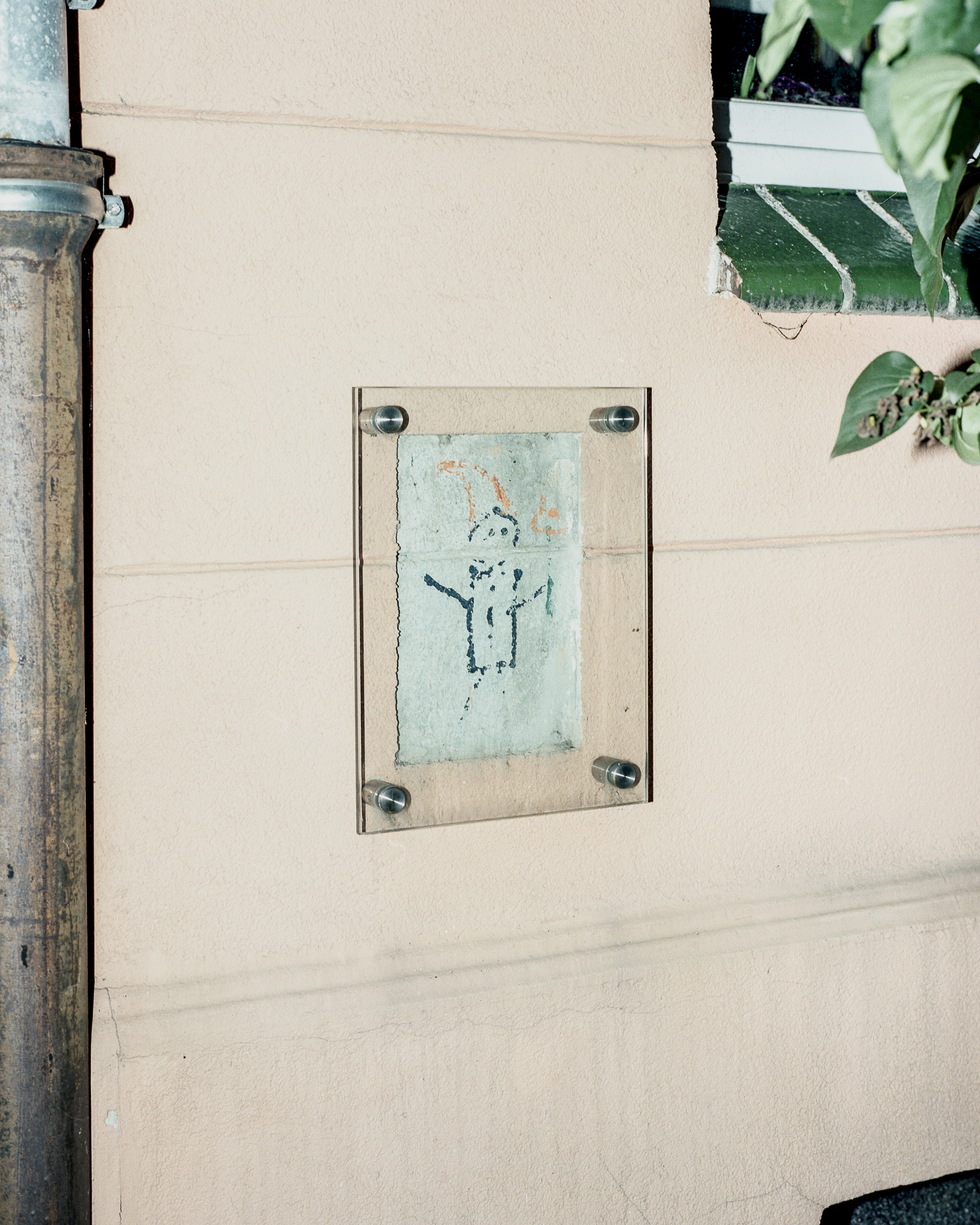
The little dwarf is one of the most recognizable symbols of Wrocław. Placed on the walls in the 1980s in places where the authorities painted over opposition slogans, it was one of the first actions of the Orange Alternative, led by Waldemar “Major” Fydrych. Over time, the movement grew to street demonstrations, mocking the communist system with absurd humour. After 1989, it lost its political importance.
In 2004, an advertising agency working on a new symbol for Wrocław got in touch with me. I came up with the idea of dwarfs: small, non-monumental figures, a spatial form just a few centimeters tall. The dwarfs I came up with were of a very non-monumental quality, they were tiny. Originally, there were five of them, I installed them myself. We were supposed to do a few each year in non-obvious places. Then the city decided to announce to everyone how anyone can make their dwarf, counting on the fact that private businesses will do it as part of advertising. Other people started doing them, basically stealing my concept.
Tomasz Moczek, author of the first dwarf sculptures.
Tomasz Moczek, author of the first dwarf sculptures.
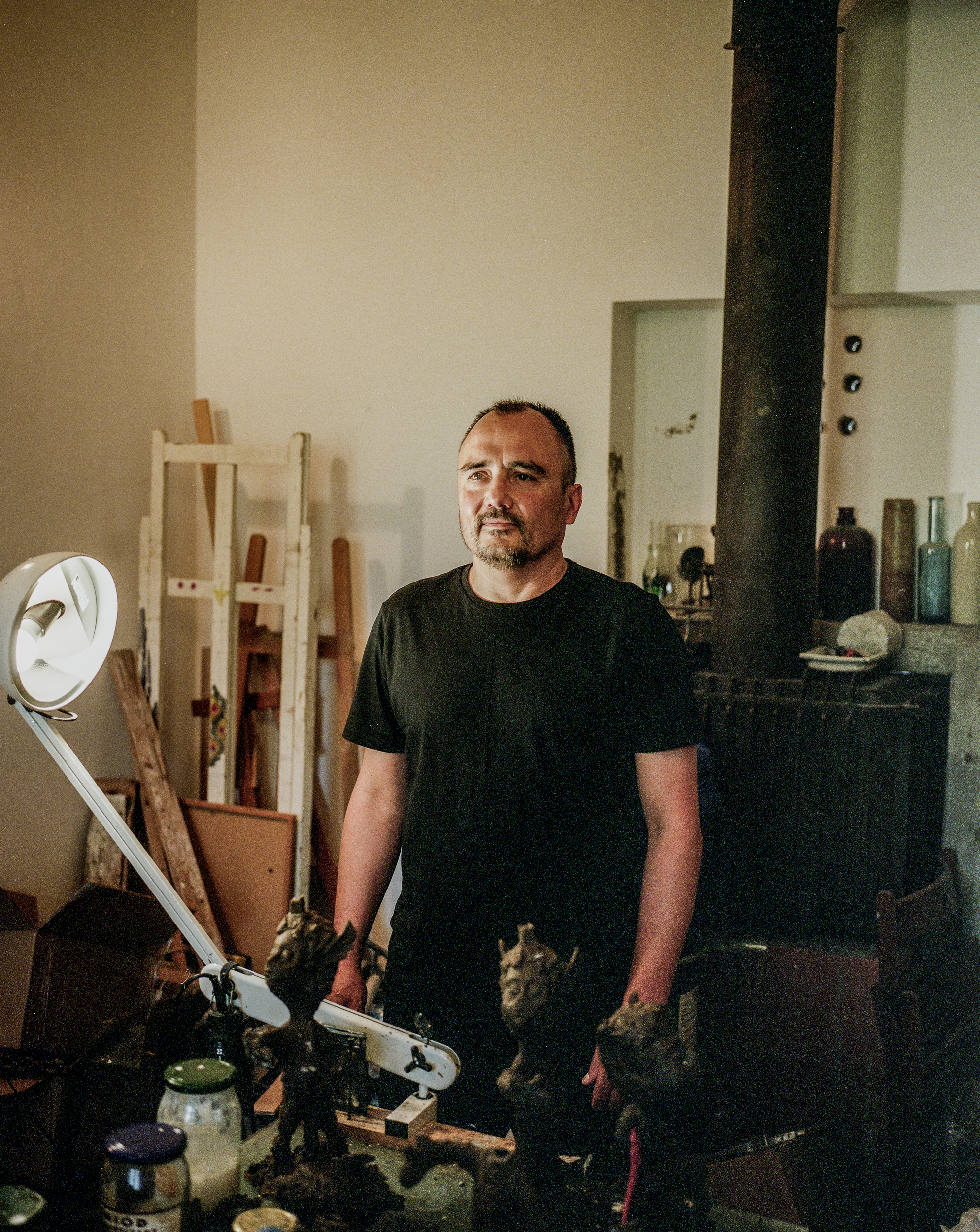
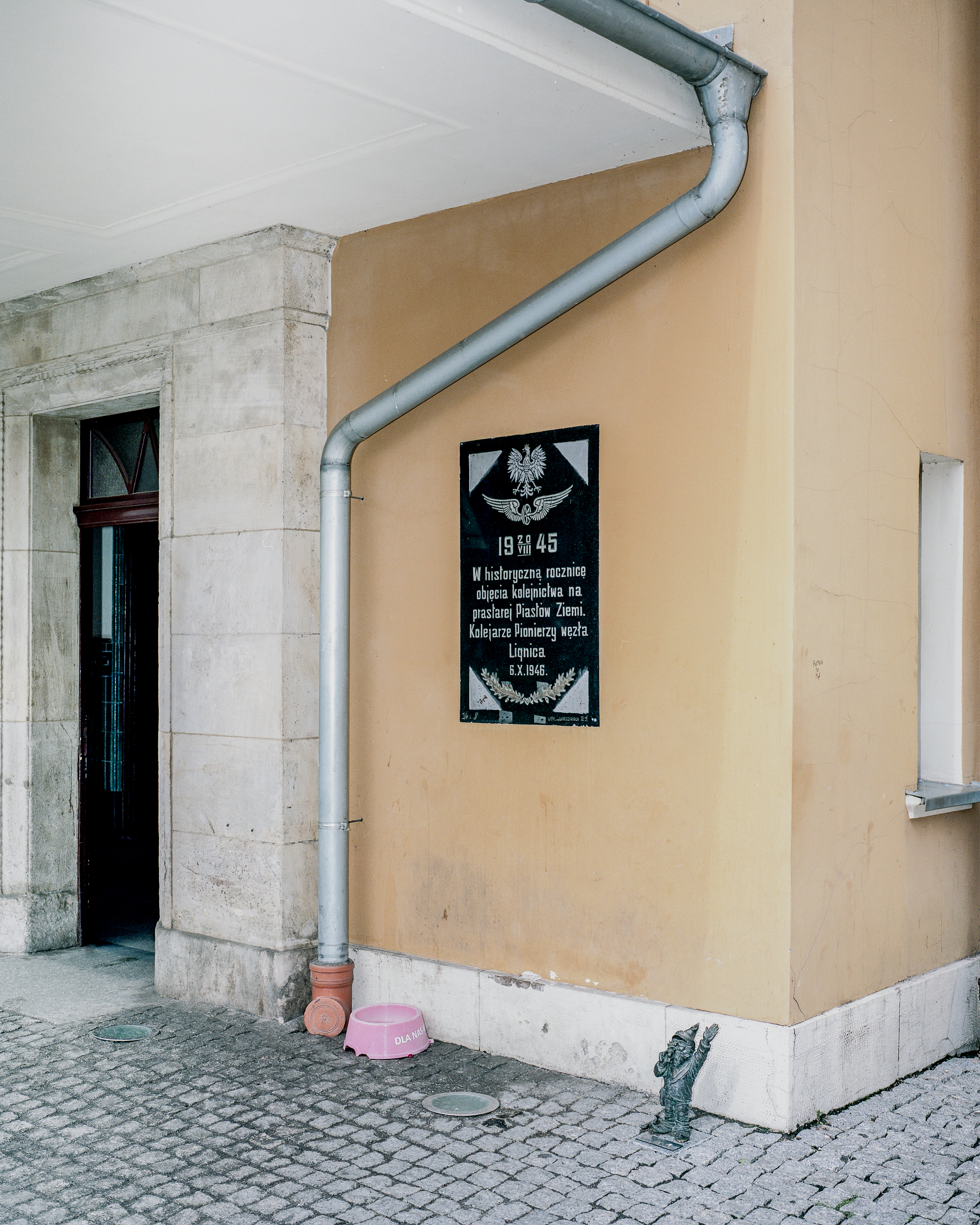
One of more than 600 dwarf sculptures pictured in Legnica, a city known for being the location of the Northern Headquarters of the Red Army Group between 1945 and 1993. Right next to it, there is a plaque describing the return of Legnica (here under the name that was used shortly after the war, Lignica) to the Motherland (lit. “Piast territories”) – a rhetoric generally adopted towards the Lower Silesia by state propaganda, referring to the rule of the Polish Piasts in Lower Silesia nearly a thousand years earlier.
IV LO in Legnica with Ukrainian as the language of instruction is the oldest Polish high school with this profile of education, founded in connection with the activity of the Ukrainian Union in Poland following the post-war forced migrations and resettlements within the framework of the Vistula Action, that affected mostly Lemkos people of nowadays Ukraine.

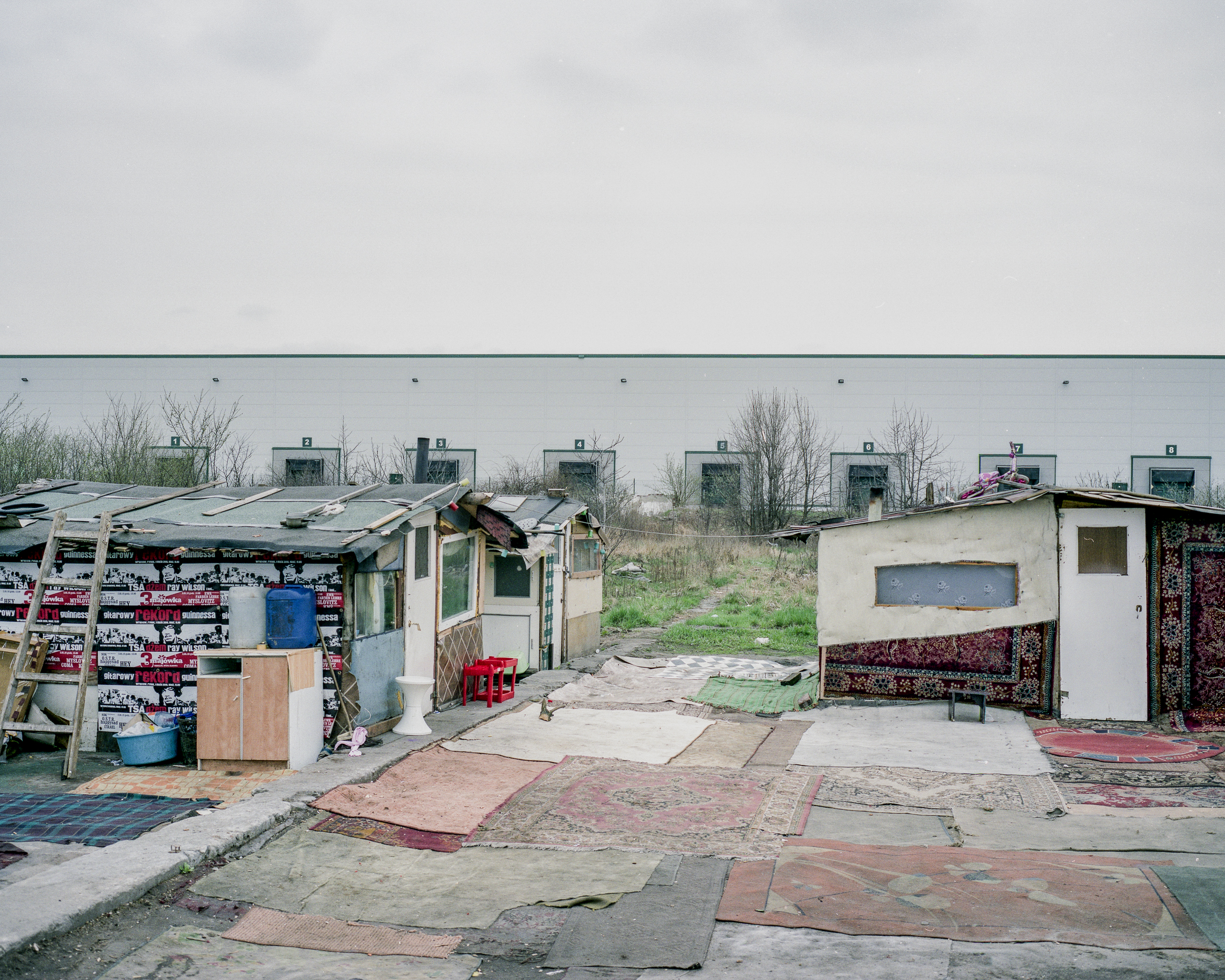

Bordering Wrocław, Kobierzyce municipality is one of the wealthiests in Poland. It is the location of Biskupice Podgórne Special Economic Zone, which houses mostly factories from tech industry, and most of the complex of facilities belonging to LG or its subcontractors. The investment in the SEZ was so large that it led to the emergence of a Korean minority in the region as most of the management positions in the SEZ factories are filled by Korean expats.
Founded in 1980 in the remote mountain village of Czarnów, in a difficult-to-access mountain valley in the Rudawy Janowickie mountains, Nowe Śantipur was the first Hare Krishna center in Poland. At the time, ISKCON was illegal and operated in secrecy, disguising its temple as a regular rural house. Over the years, the site expanded to include monks’ quarters and cow shelters. The surrounding region is now home to several other new religious communities, including Hindu and Tibetan Buddhist centers.

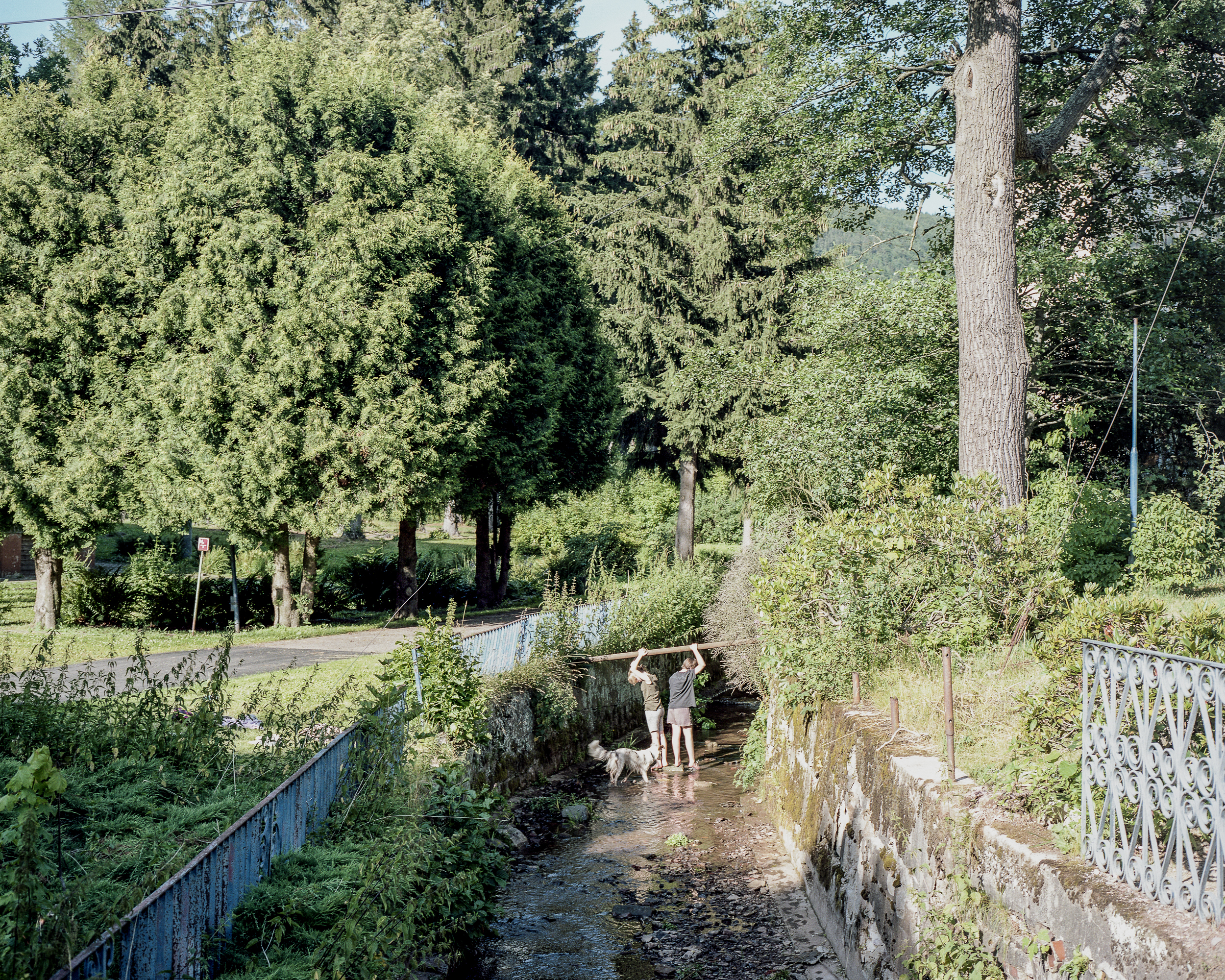
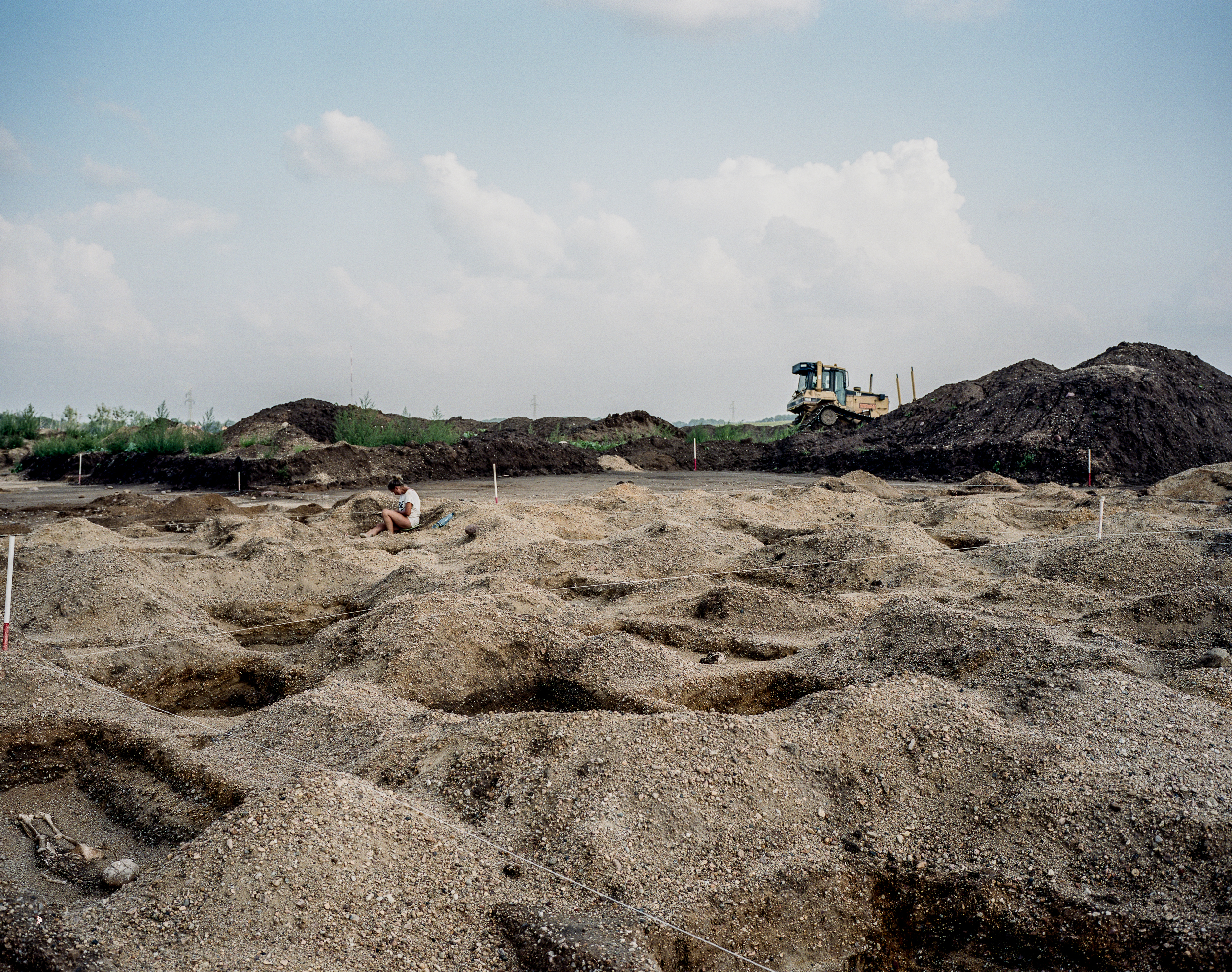
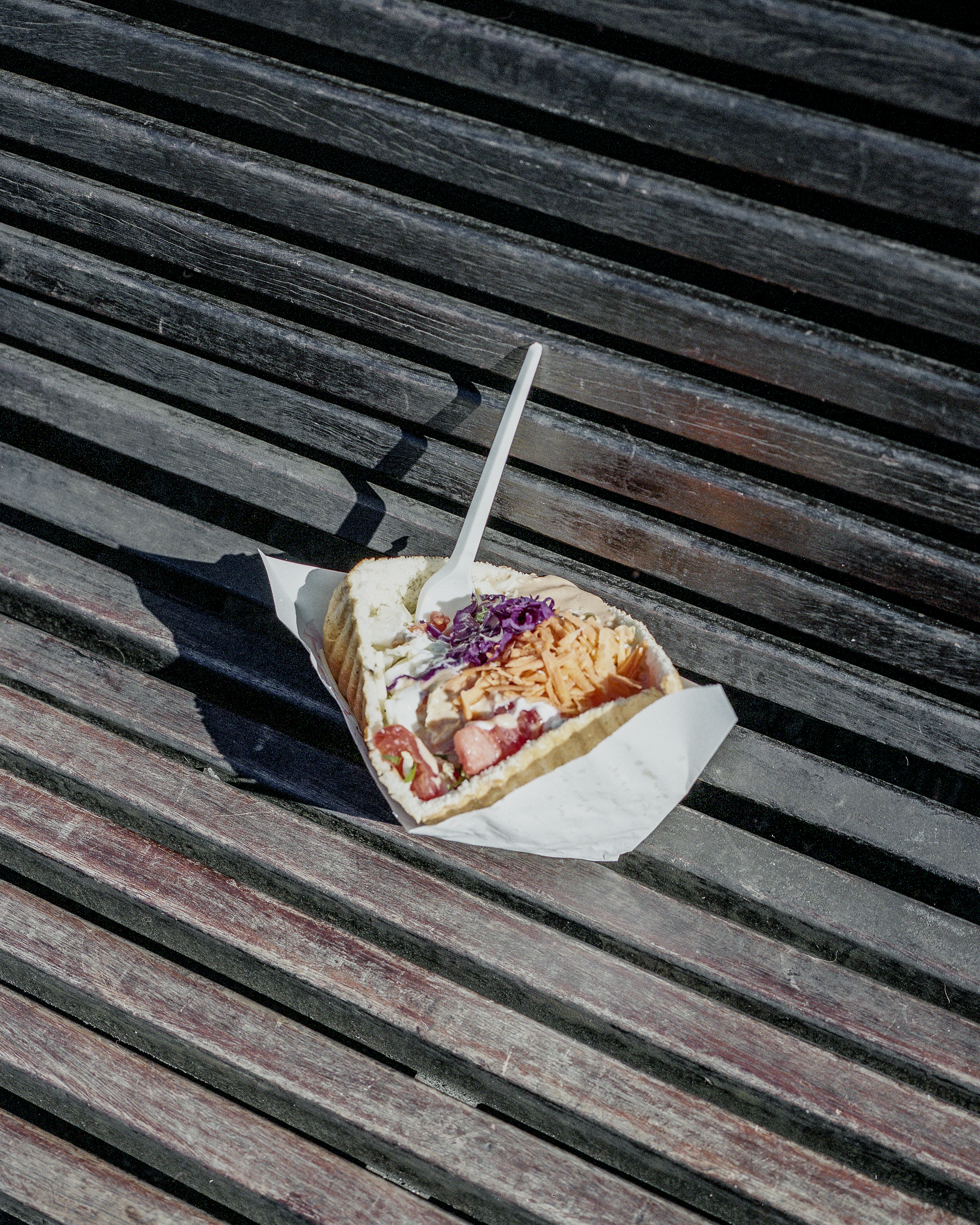
Knysza is a toasted bun filled with white and red cabbage, tomato, cucumber and canned corn, generously topped with sauce (garlic, mayonnaise or spicy) and sprinkled with roasted onion. It is also available with various types of cheese and/or meat added. Commonly associated with the Wrocław Main railway station, and often mentioned as the first, and sometimes the only, element of culture and language specific only to polish Lower Silesia.
In Lubawka, near the Czech border, the second-largest station building in Lower Silesia – it stretches nearly 300 meters. Once a grand hub, it was abandoned post-1945, partially burned in 1991, and left to decay after train service stopped in 2004. A plan to turn it into a luxury hotel fell through. Like most local industry, the town’s factories were shut down and demolished after 1989.

